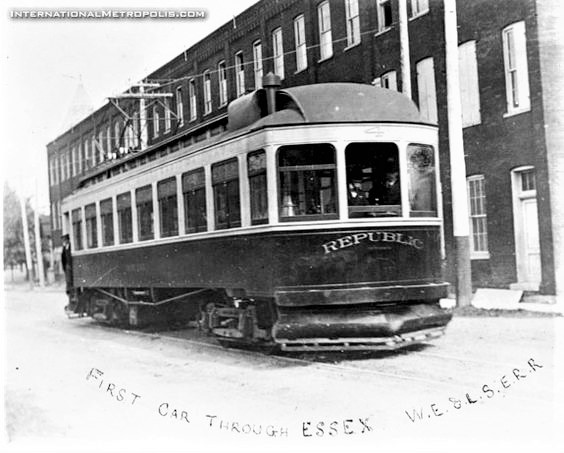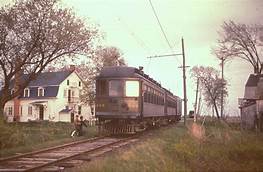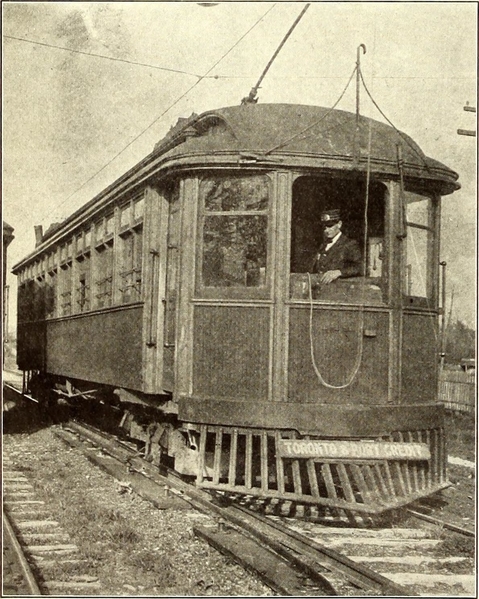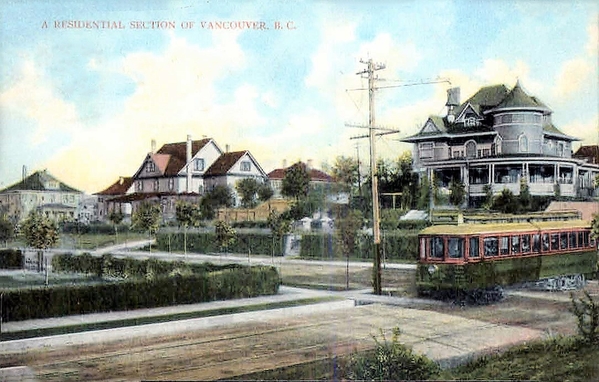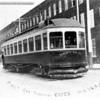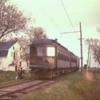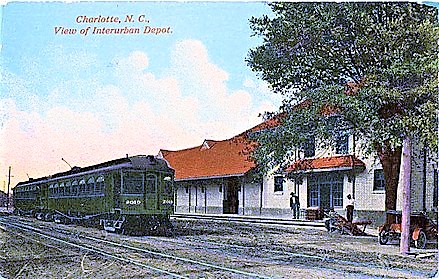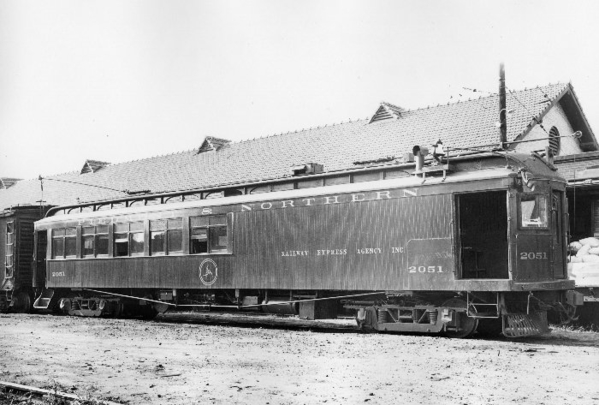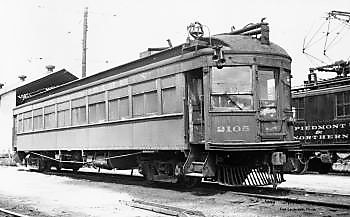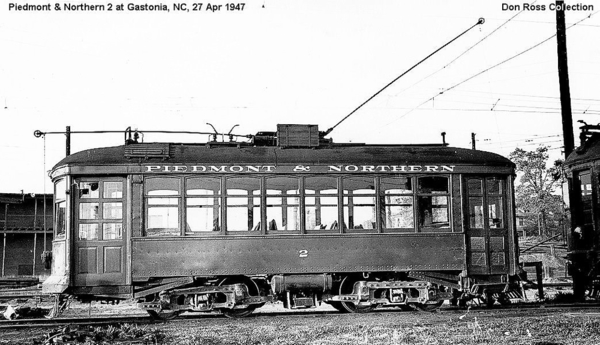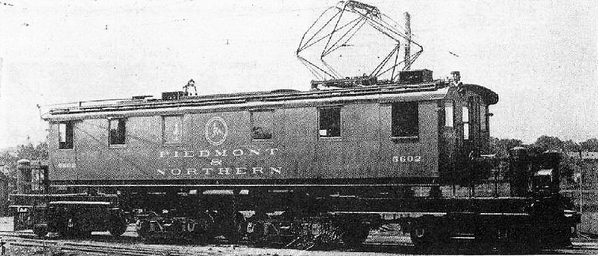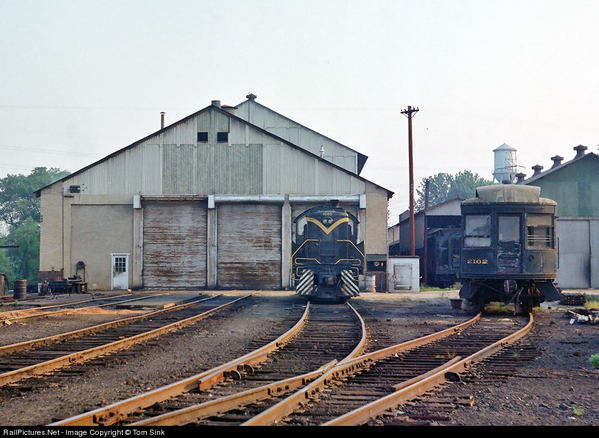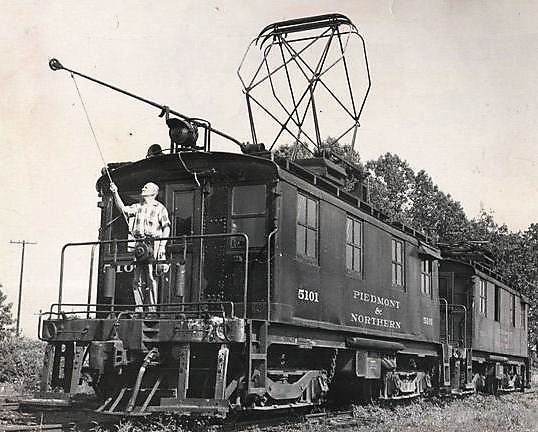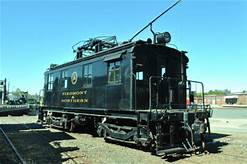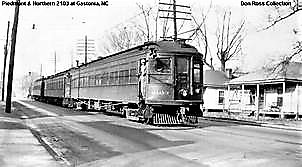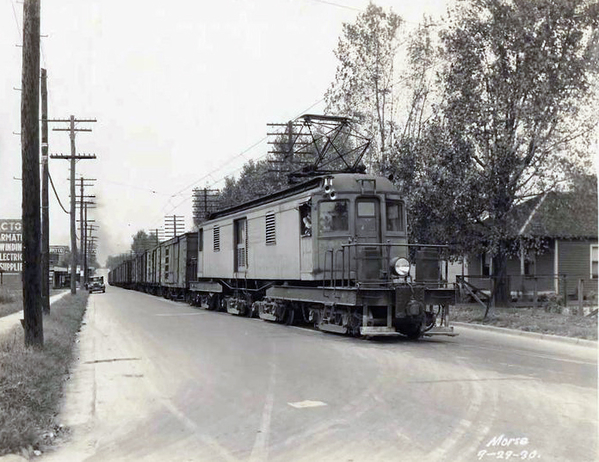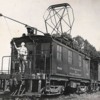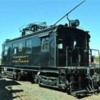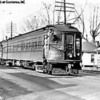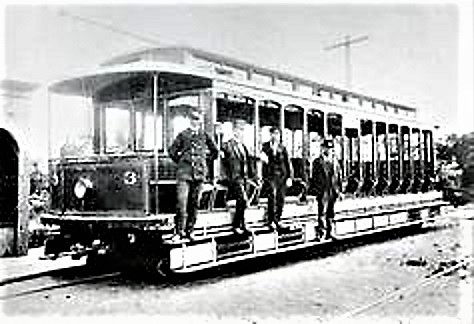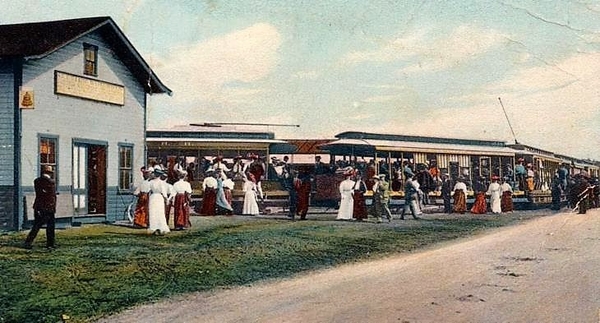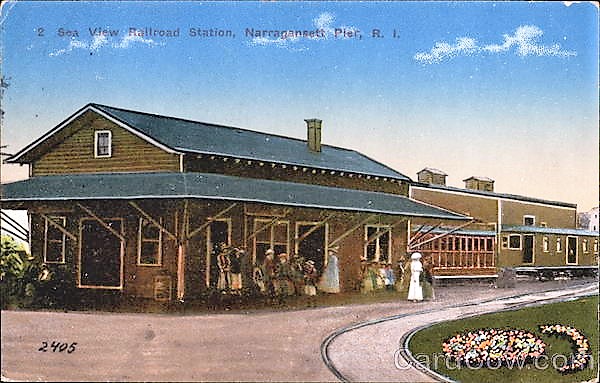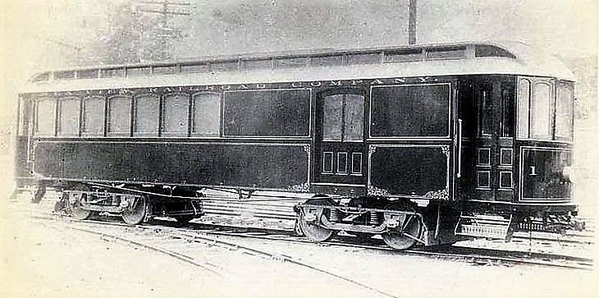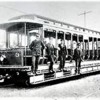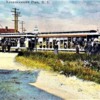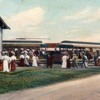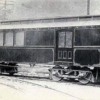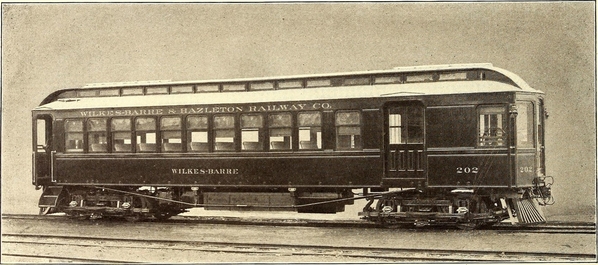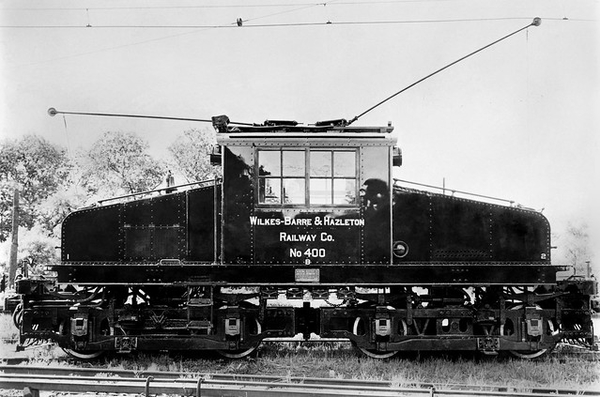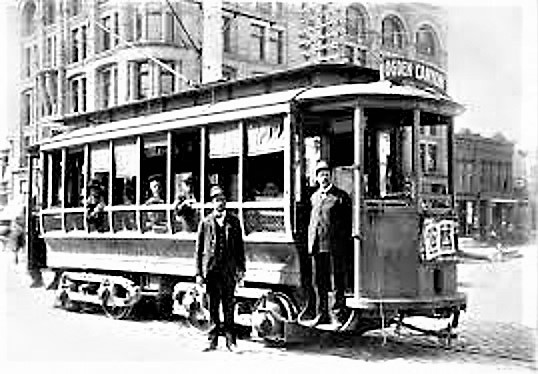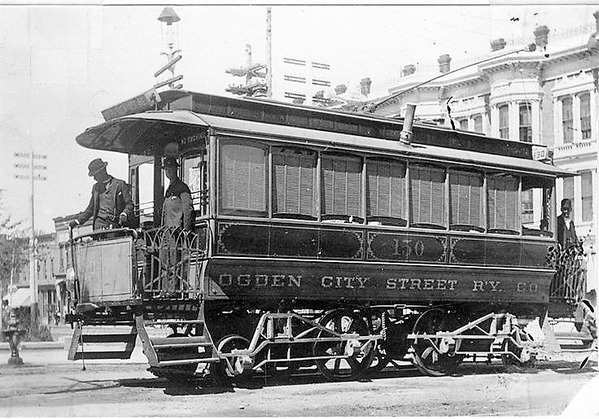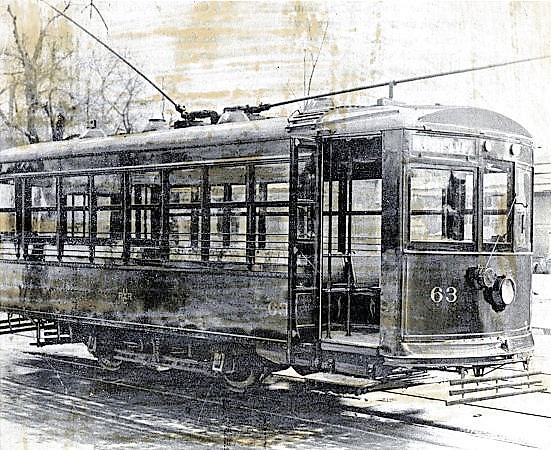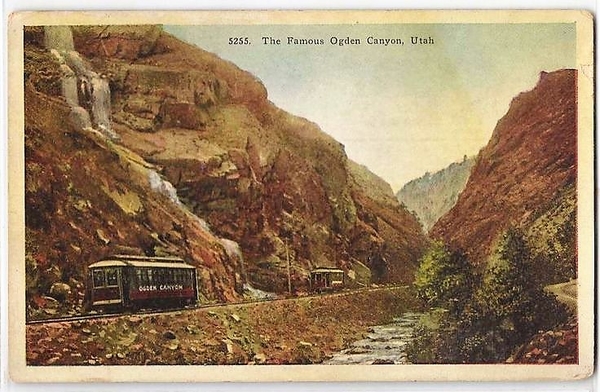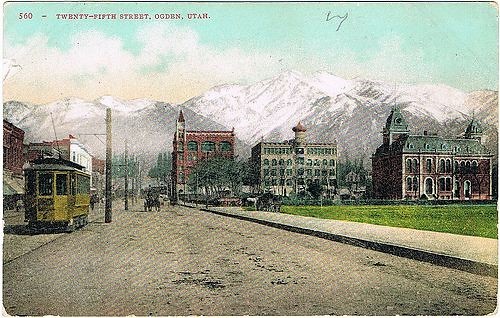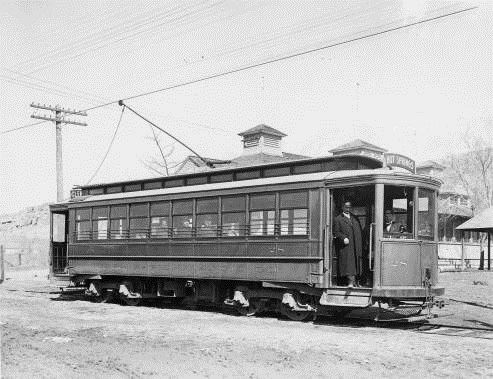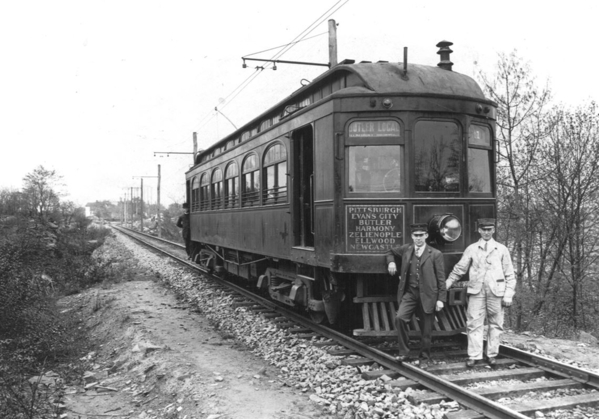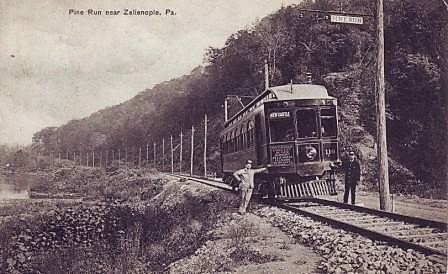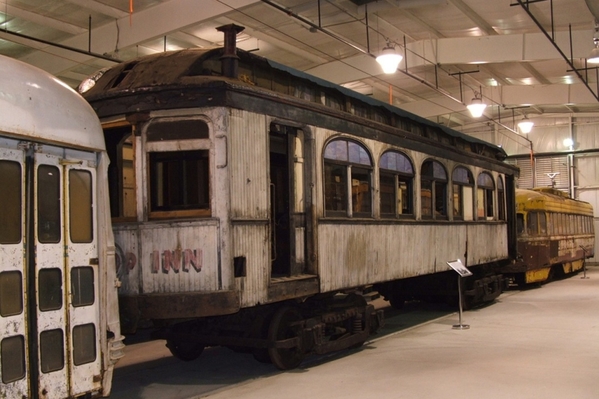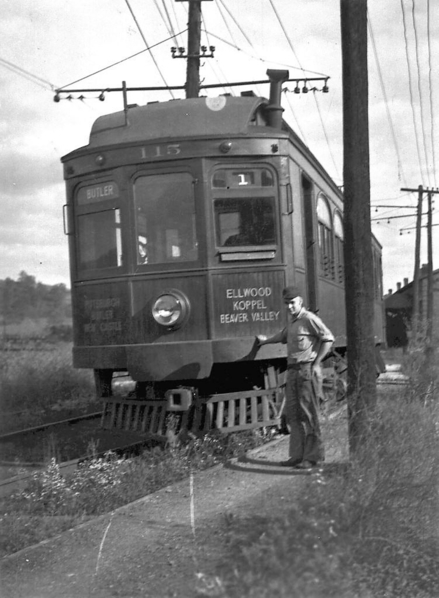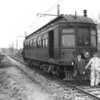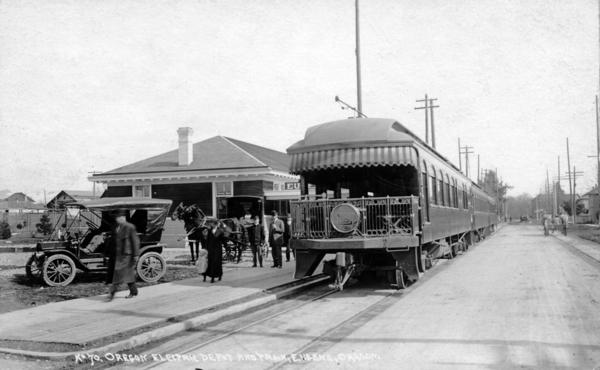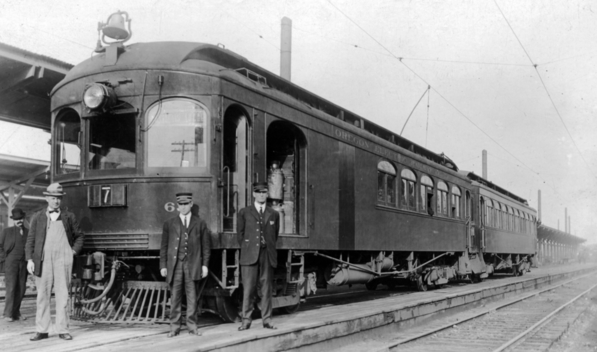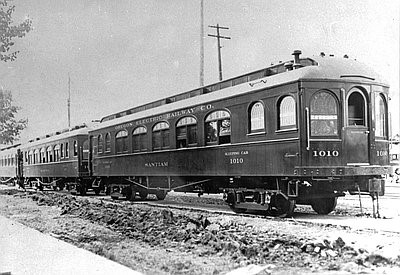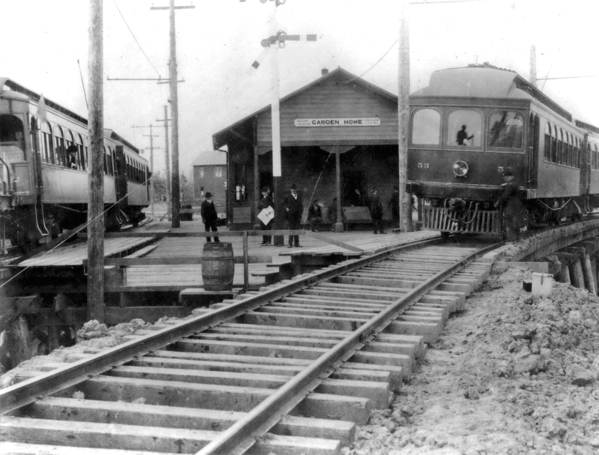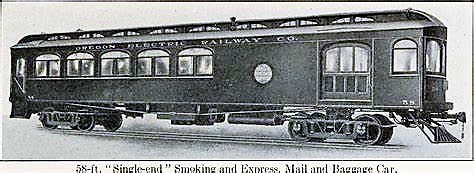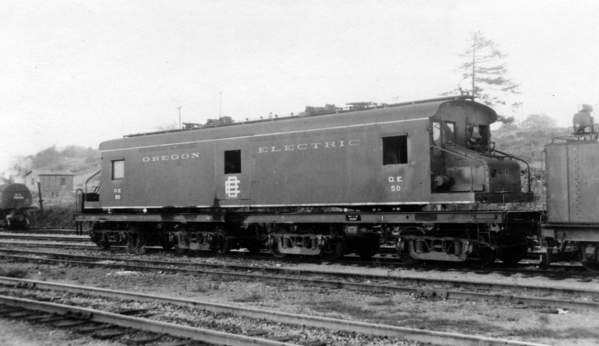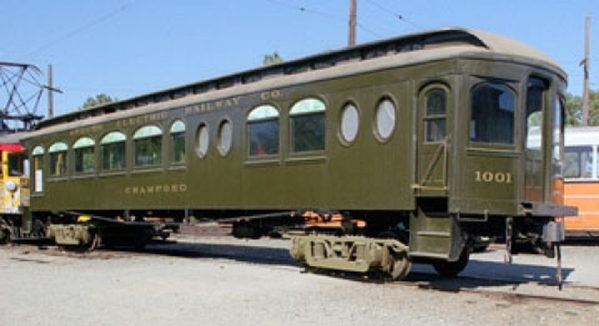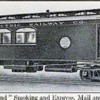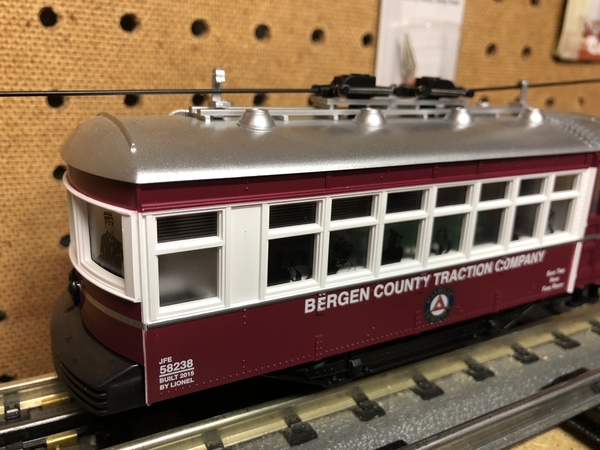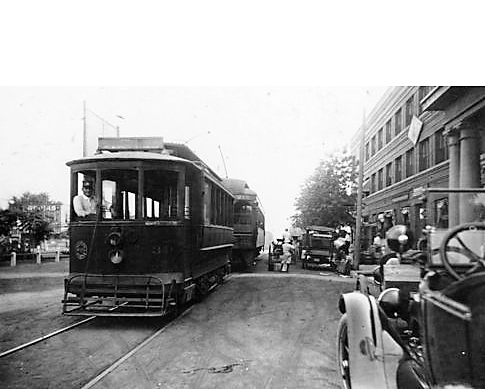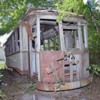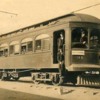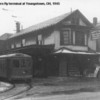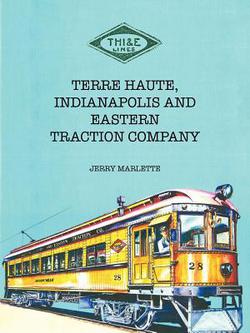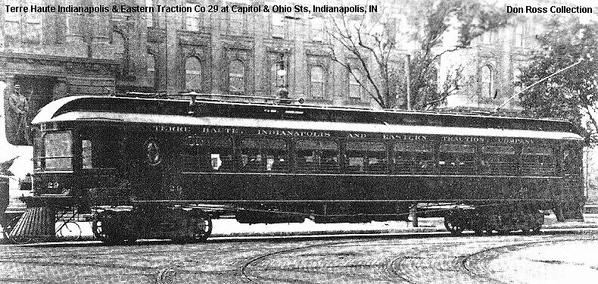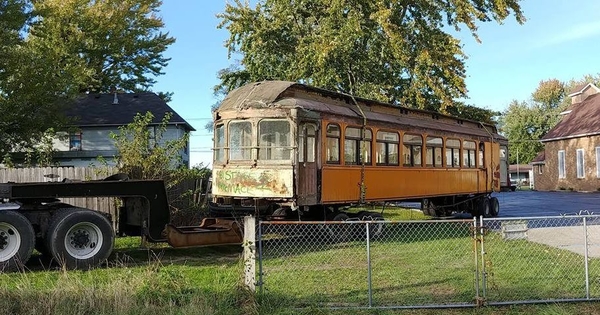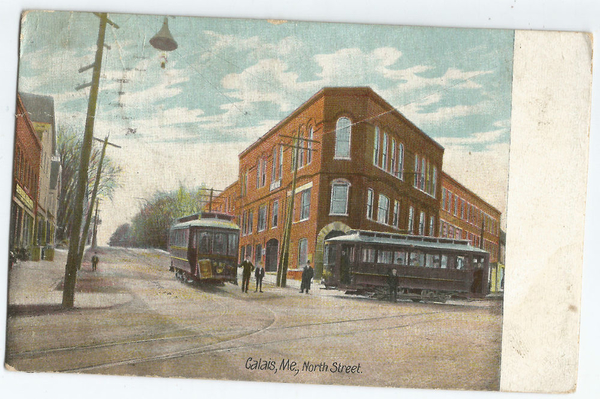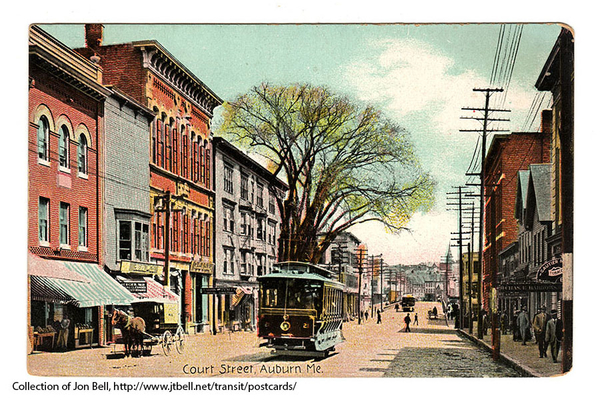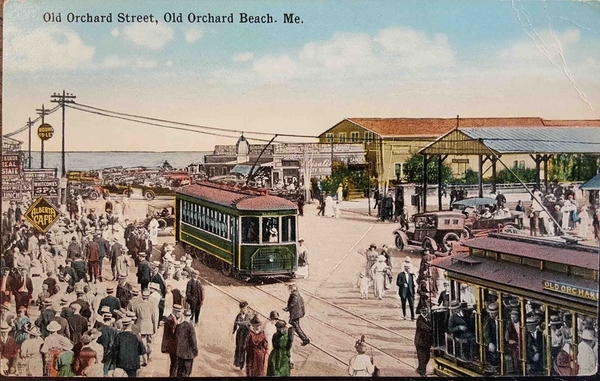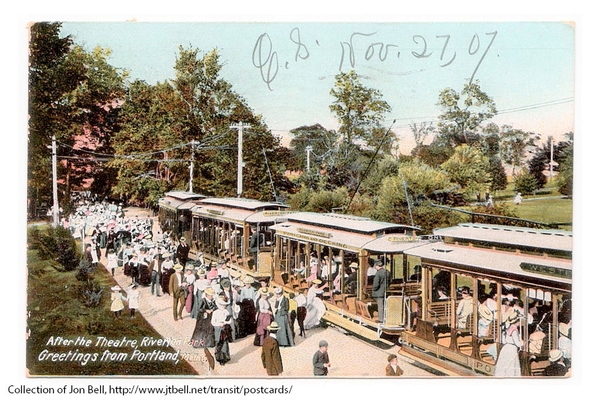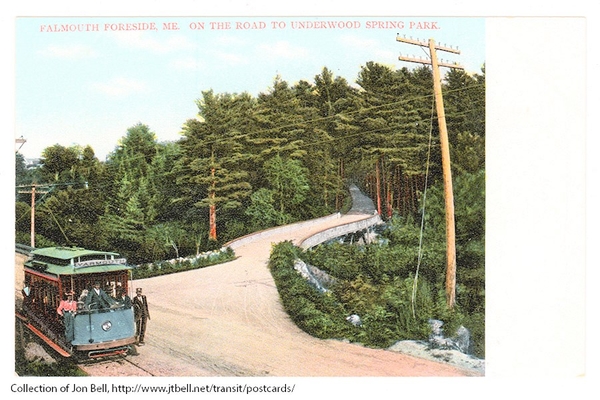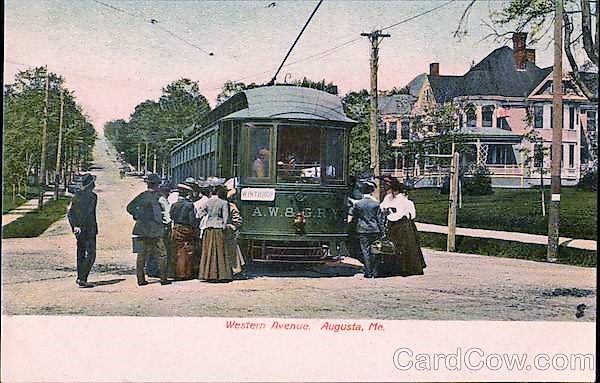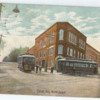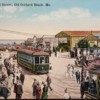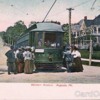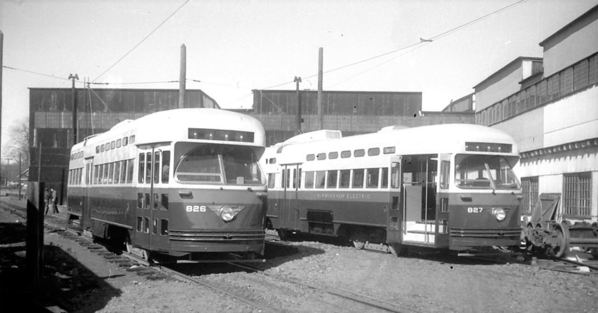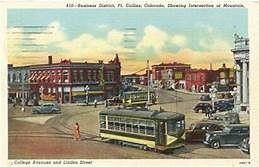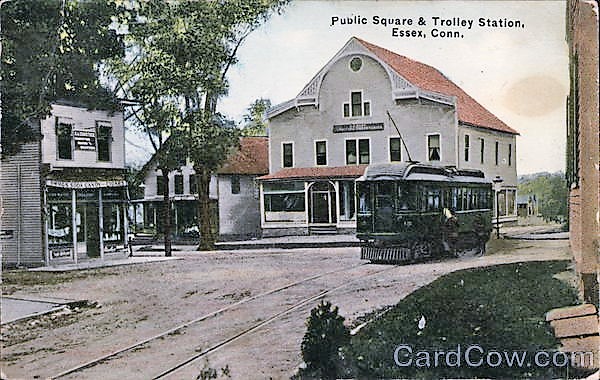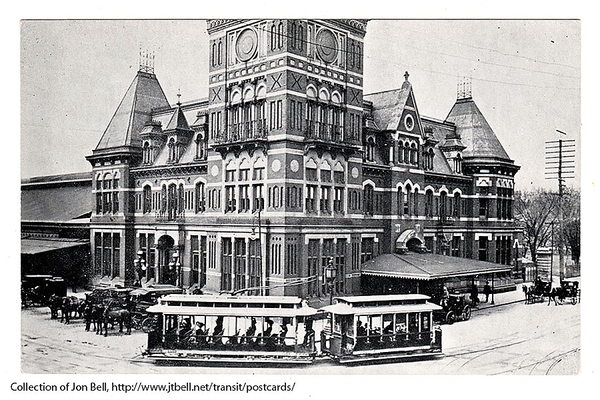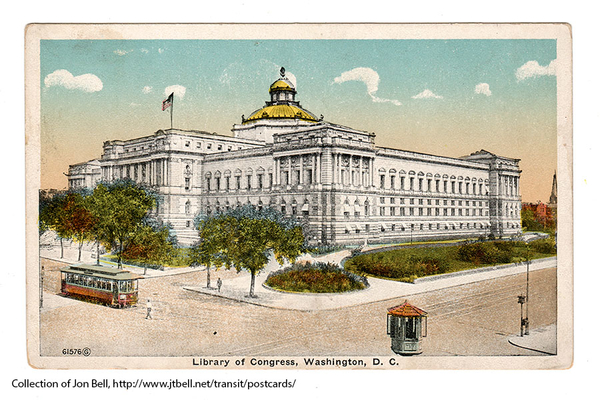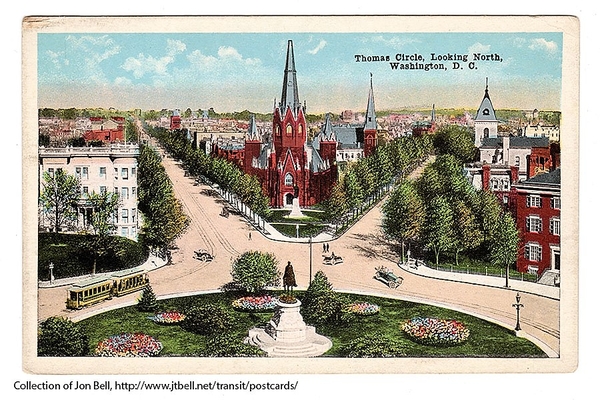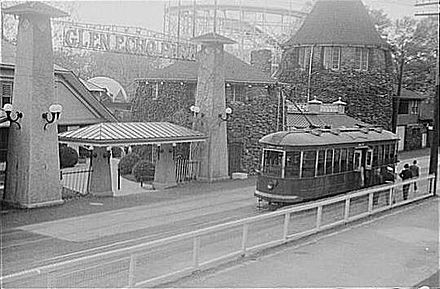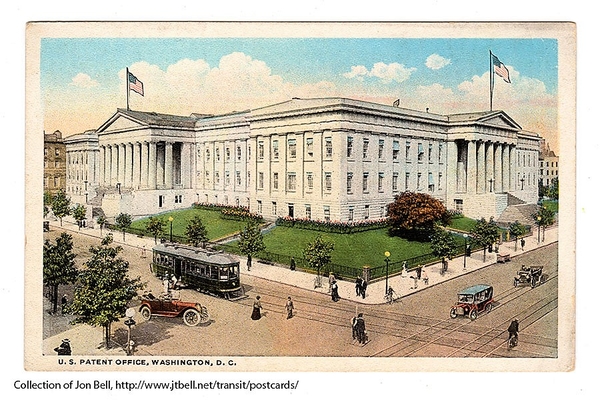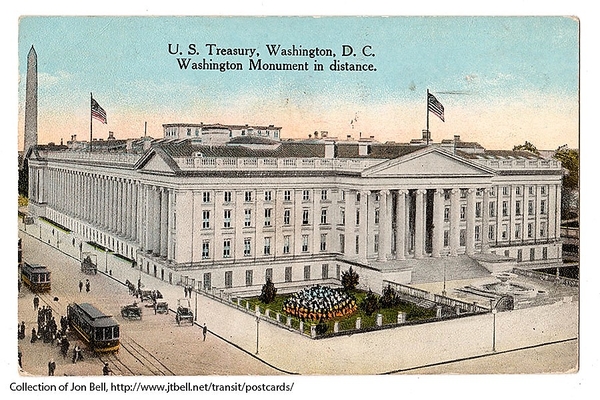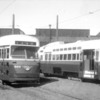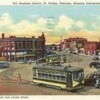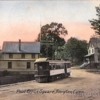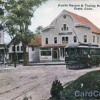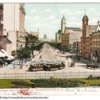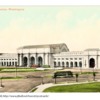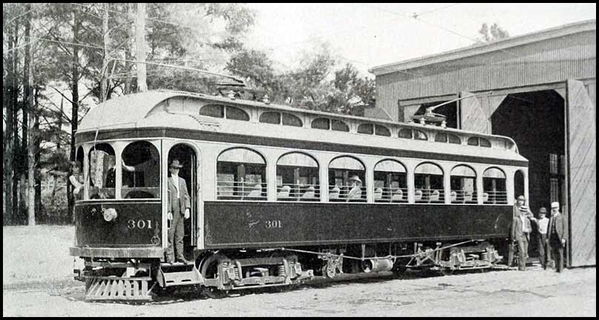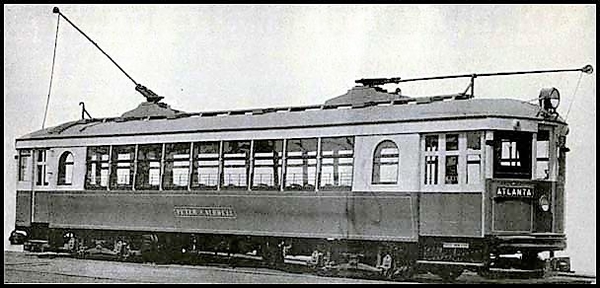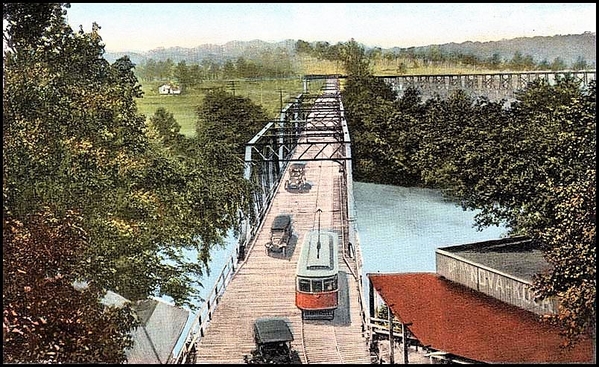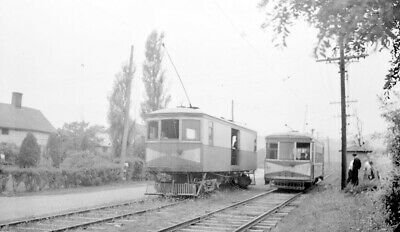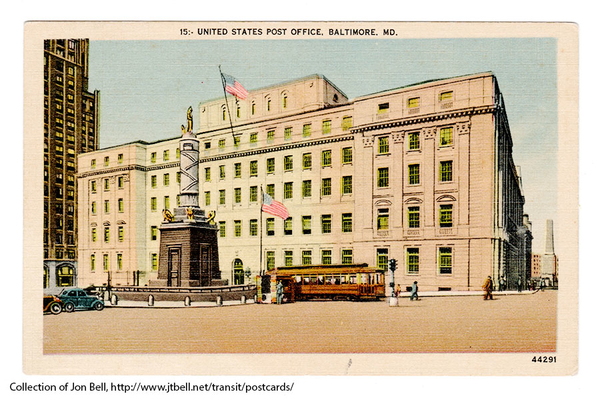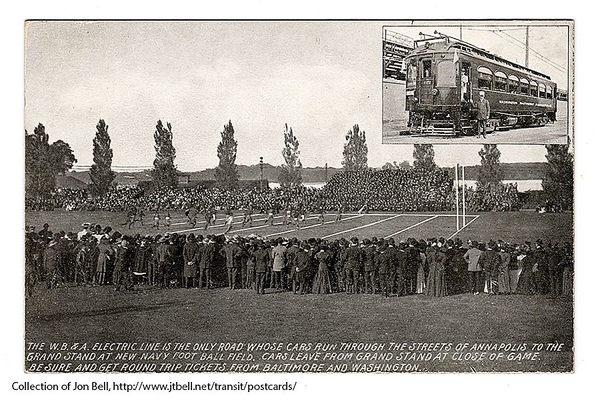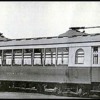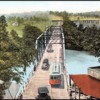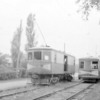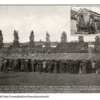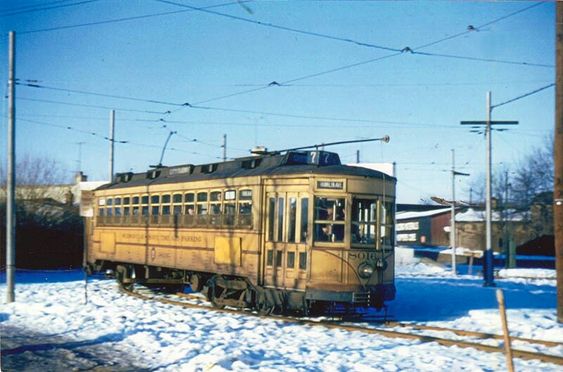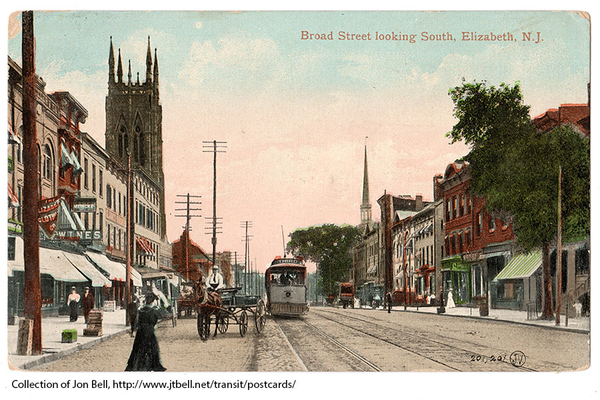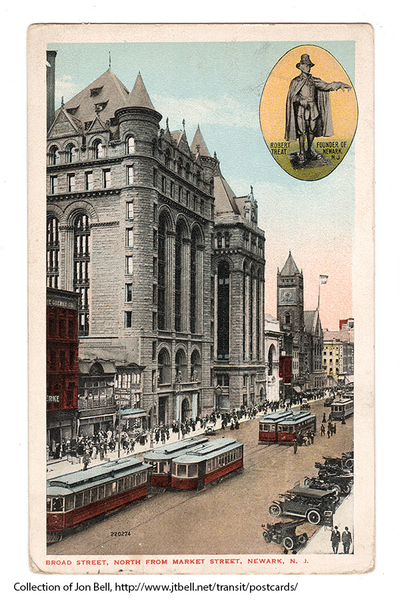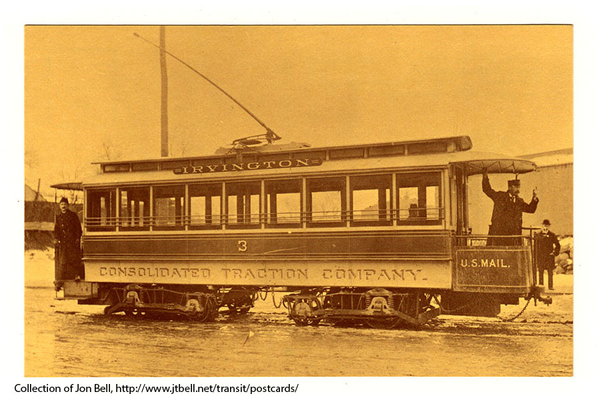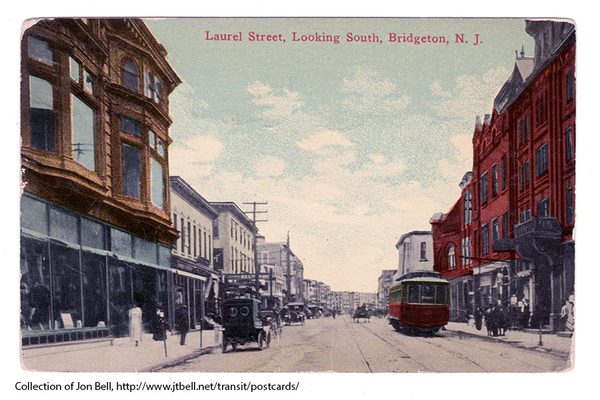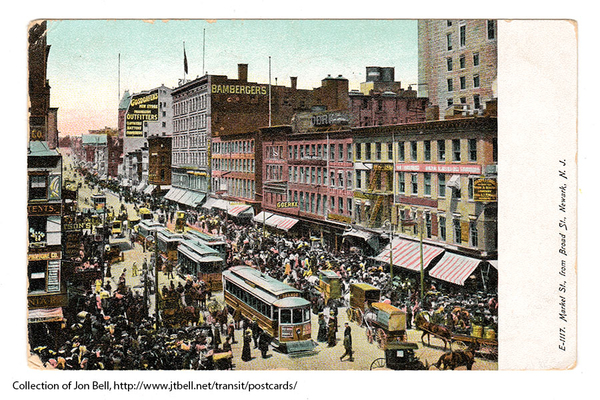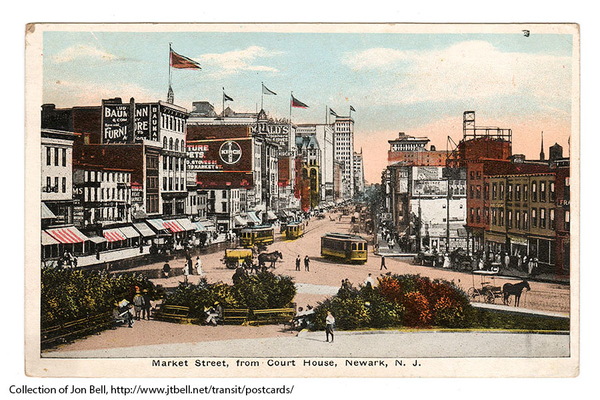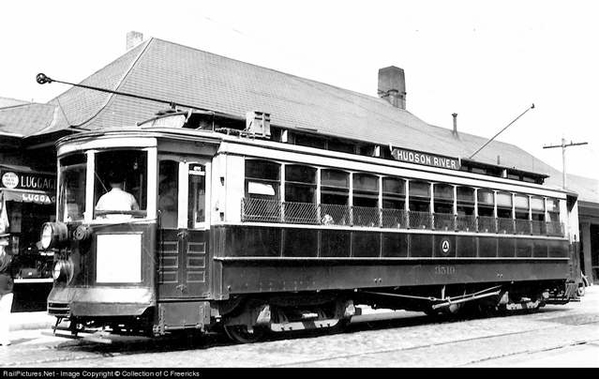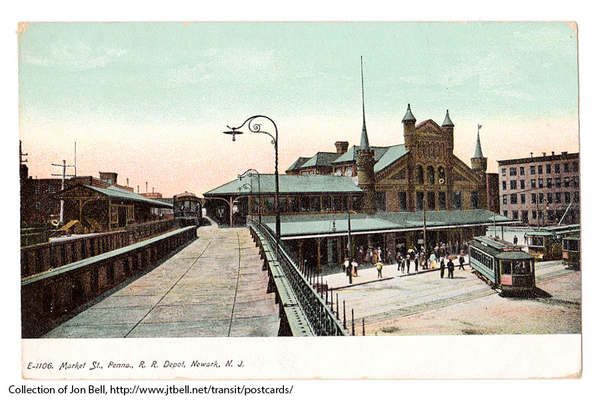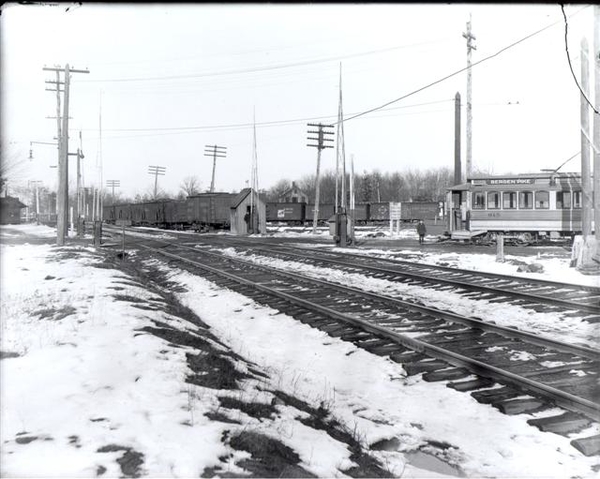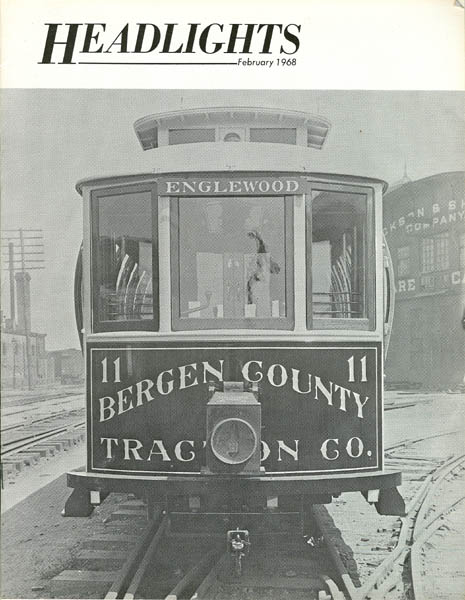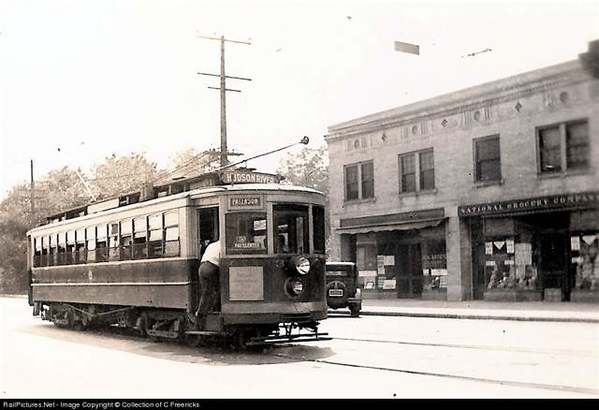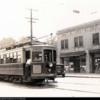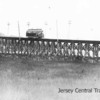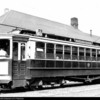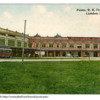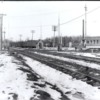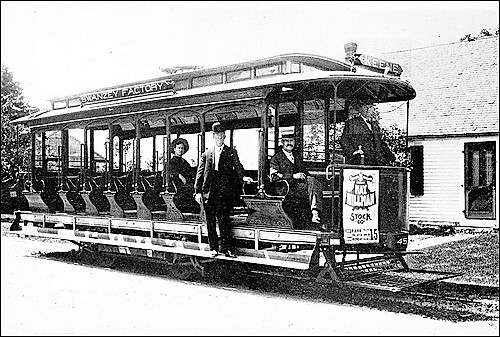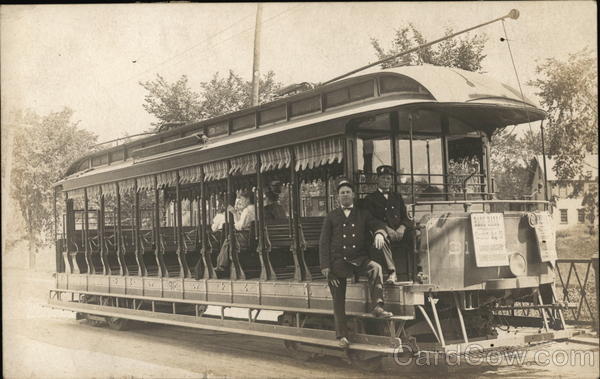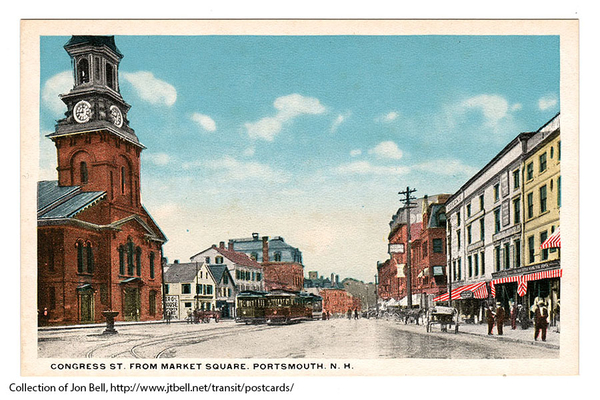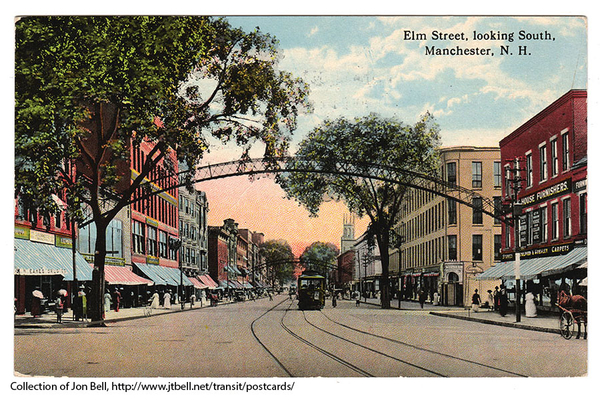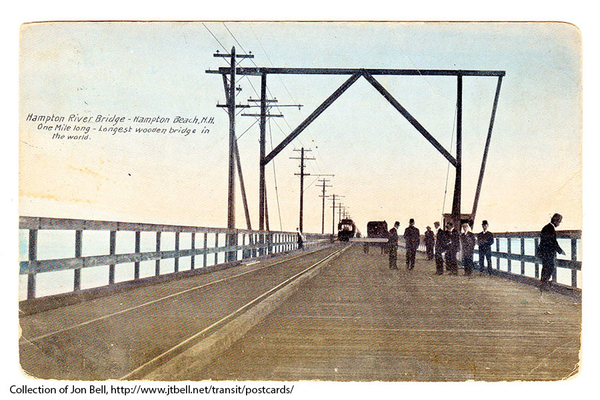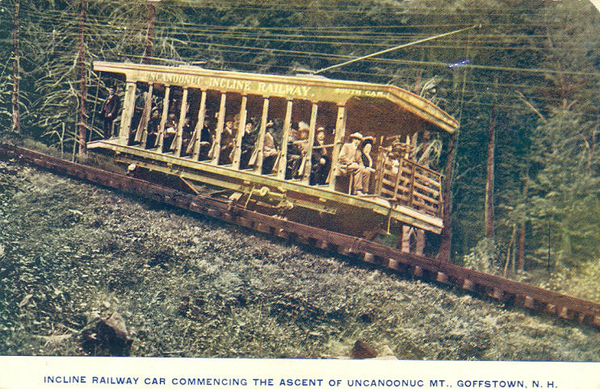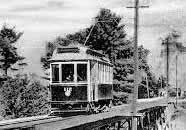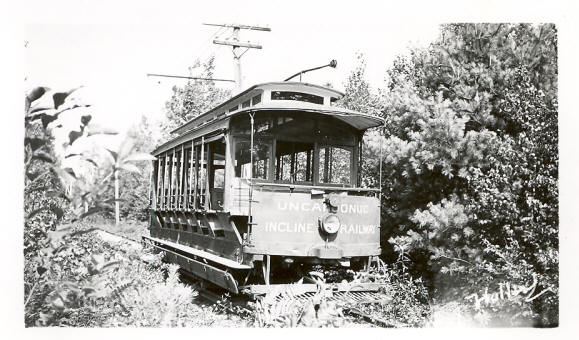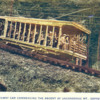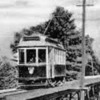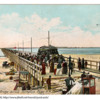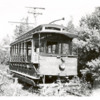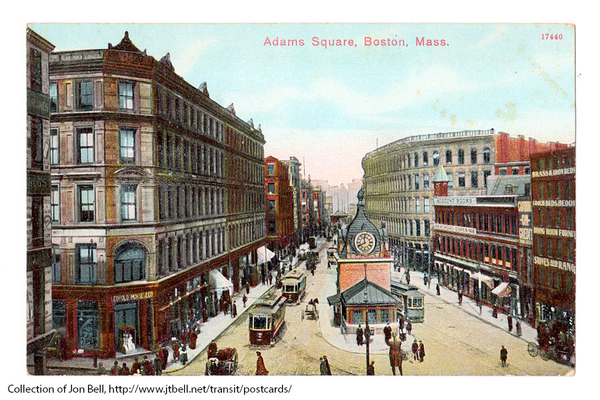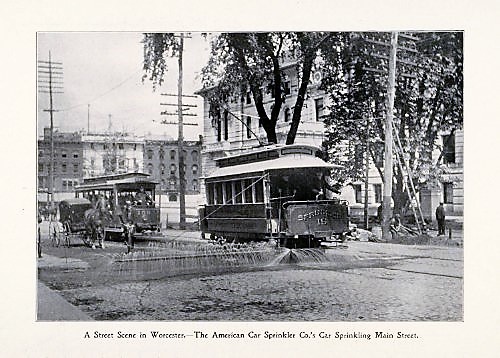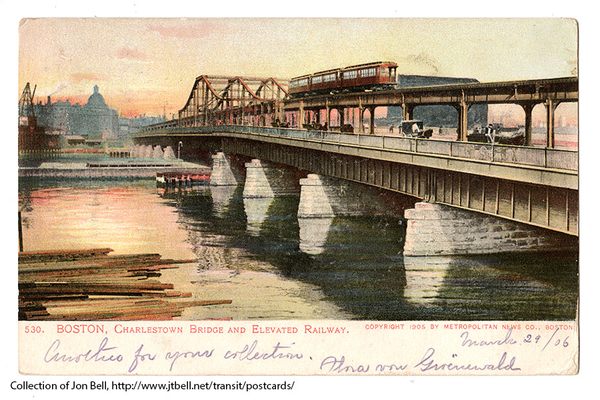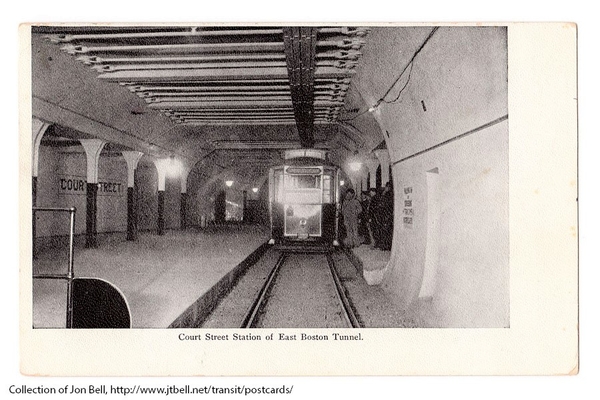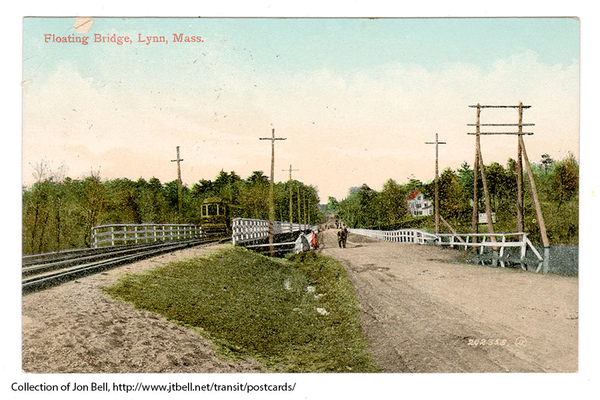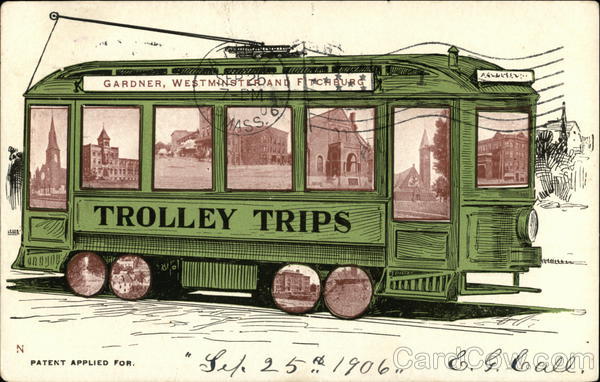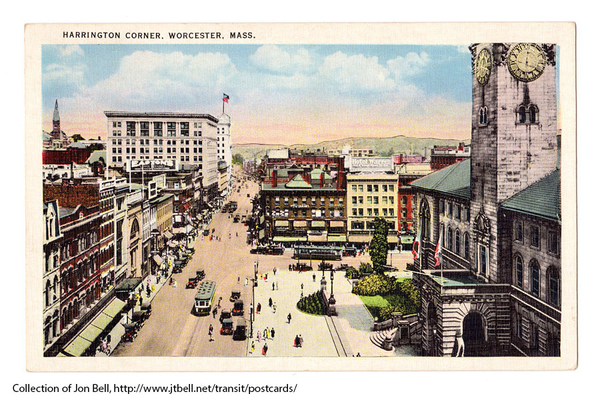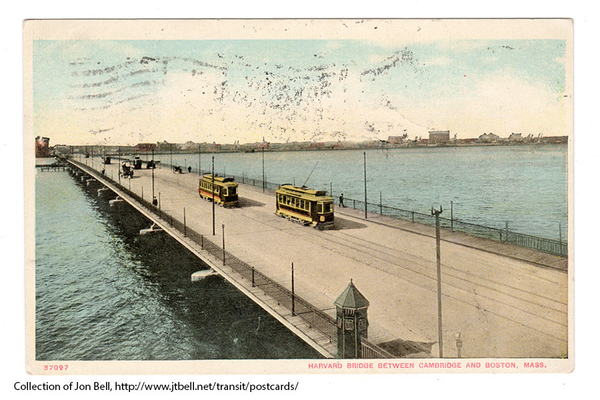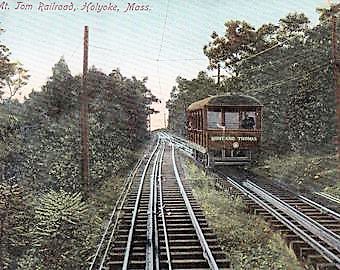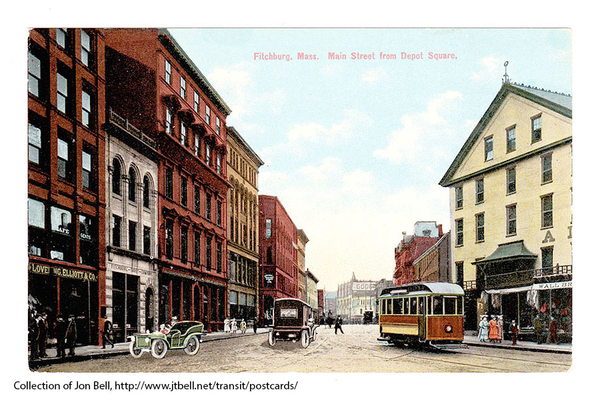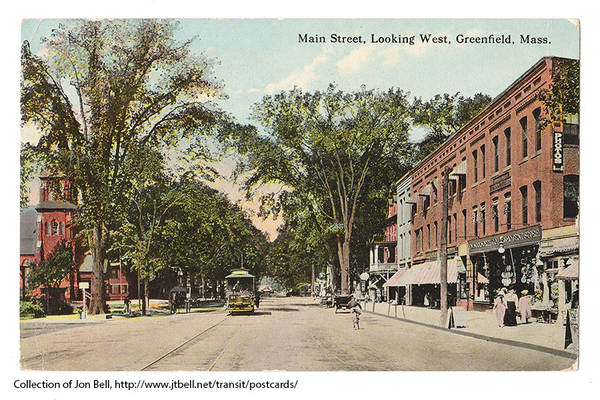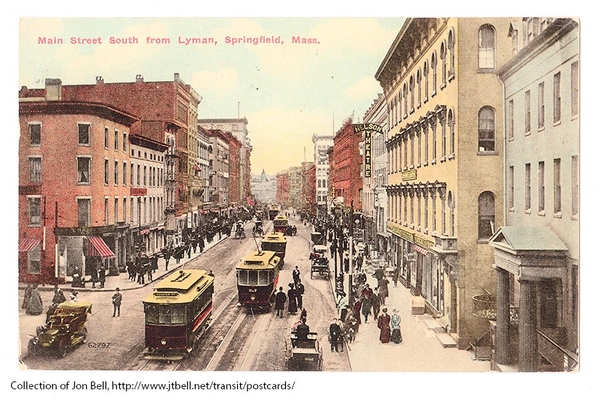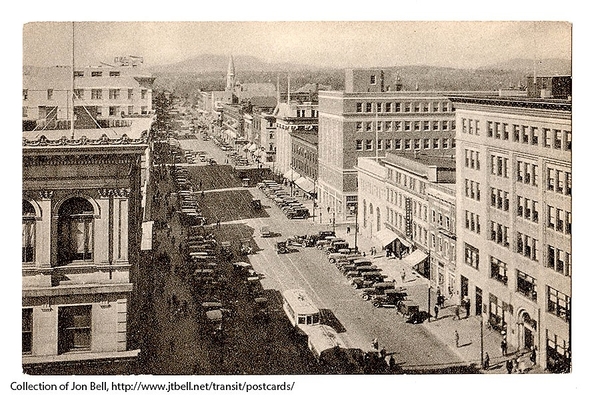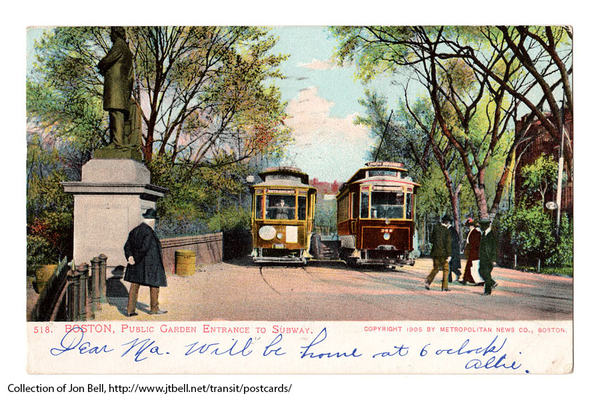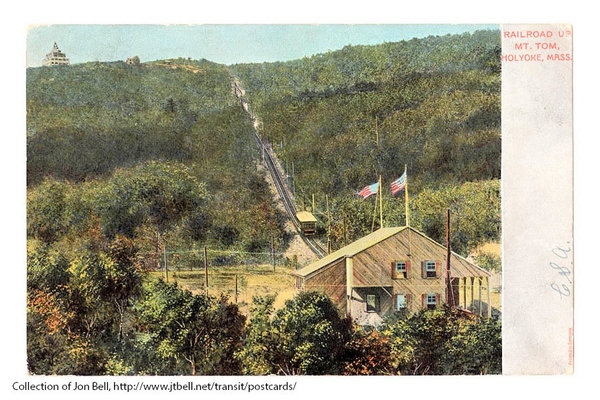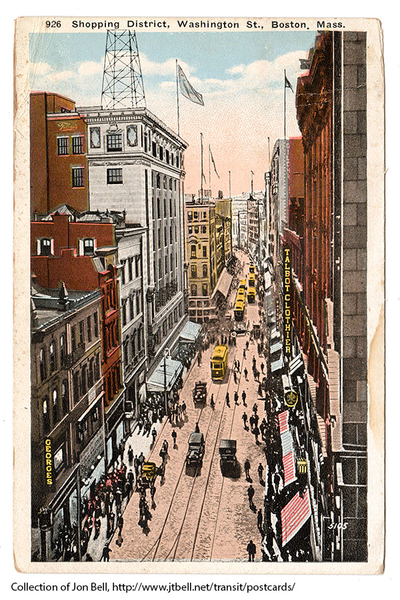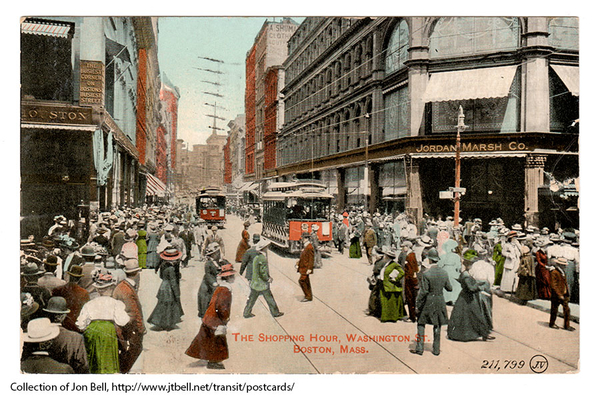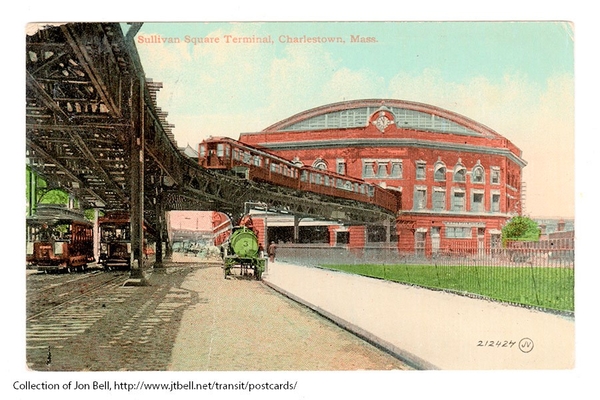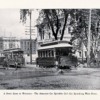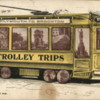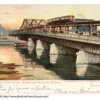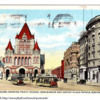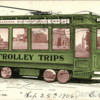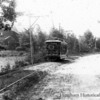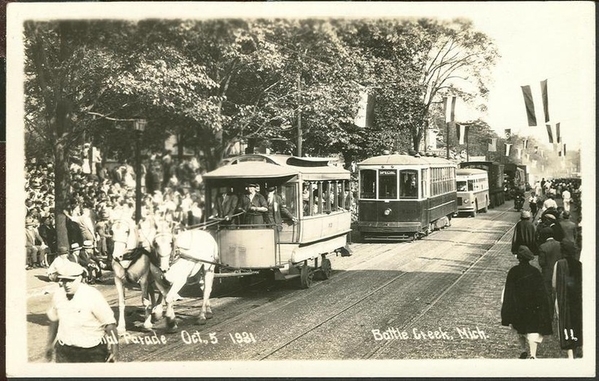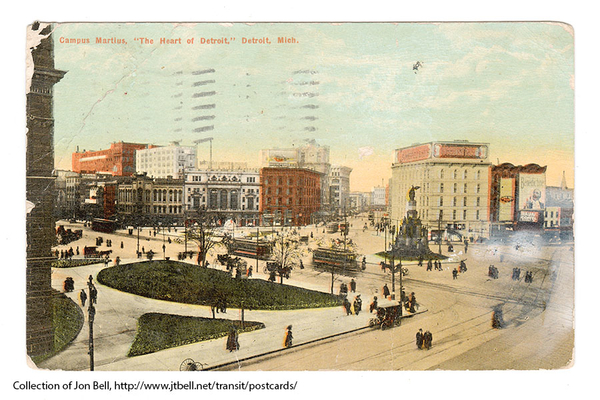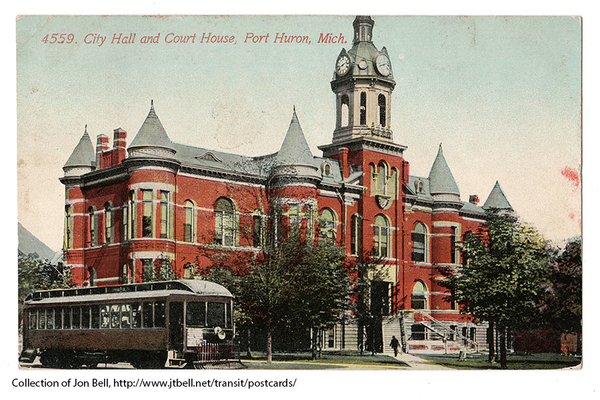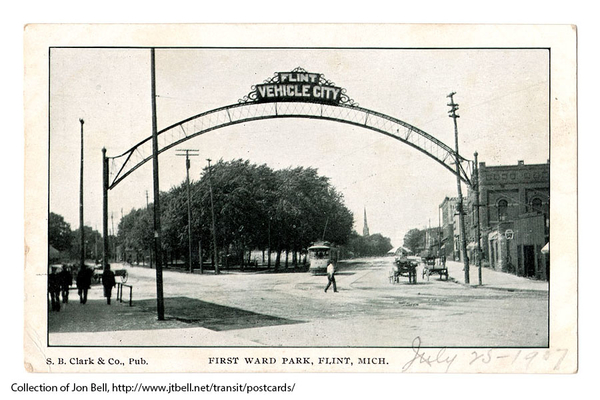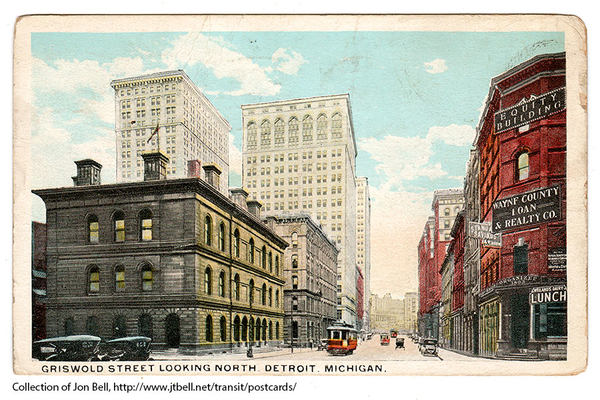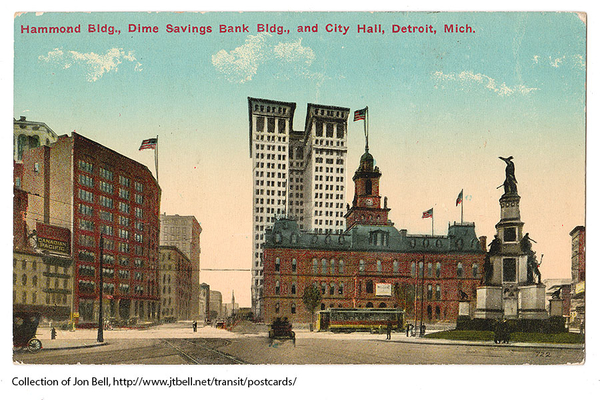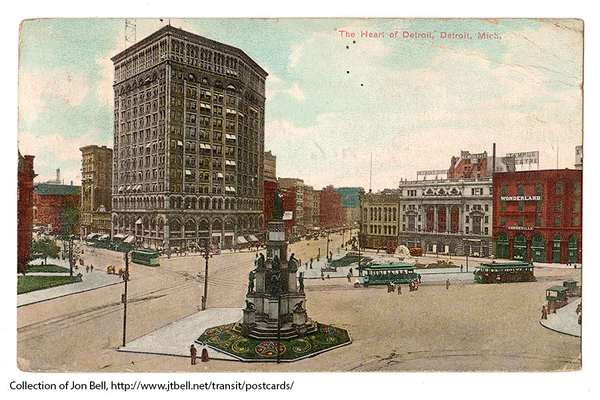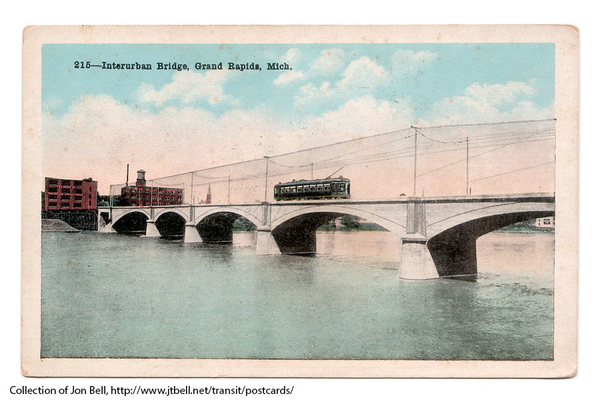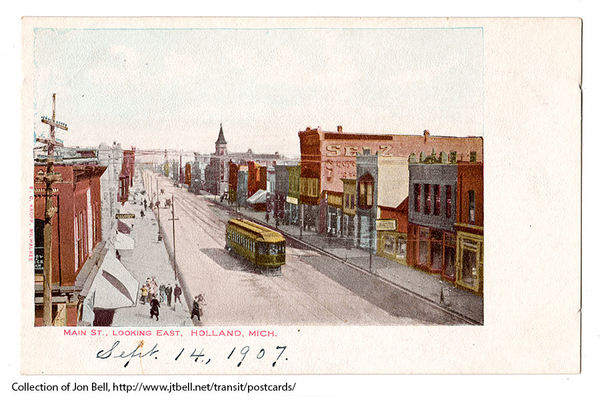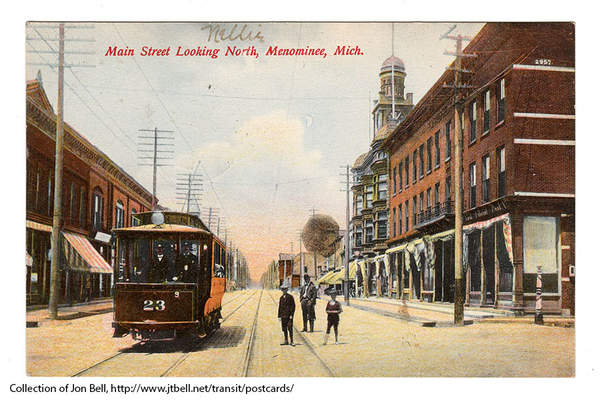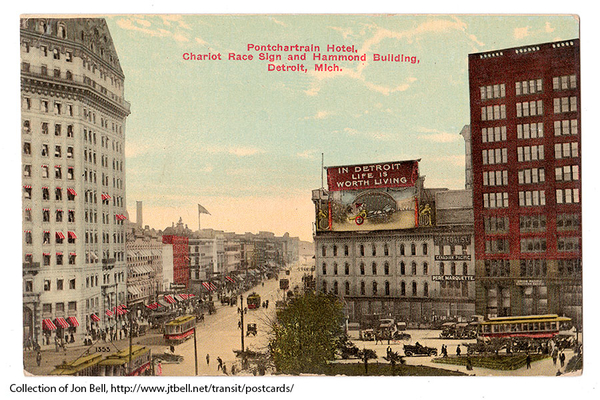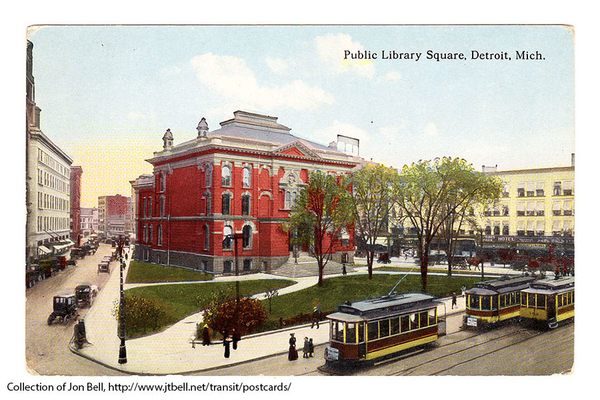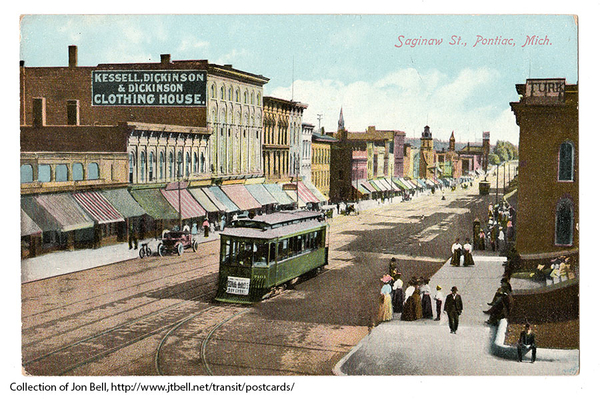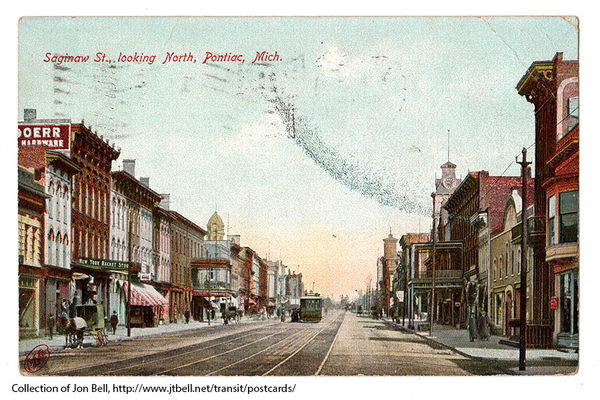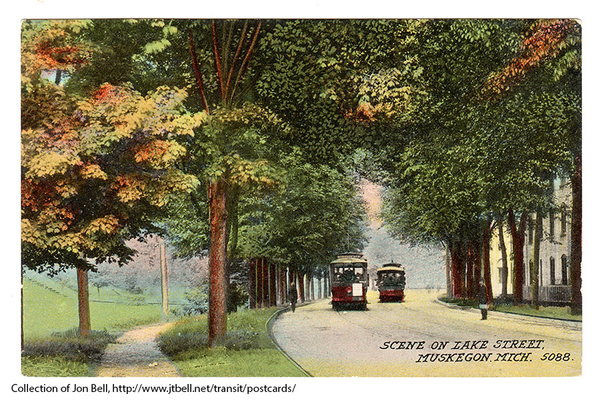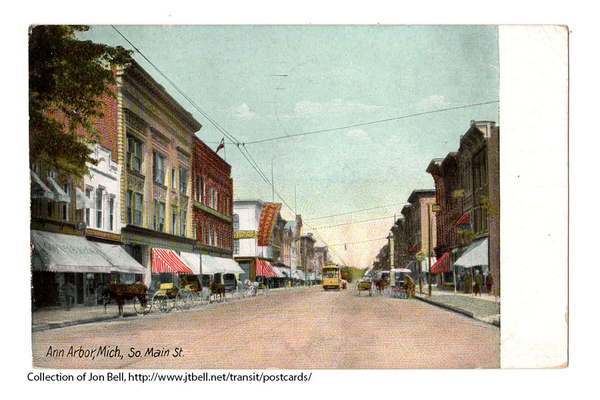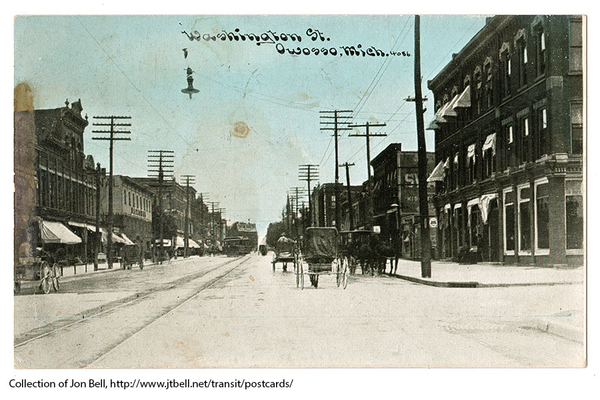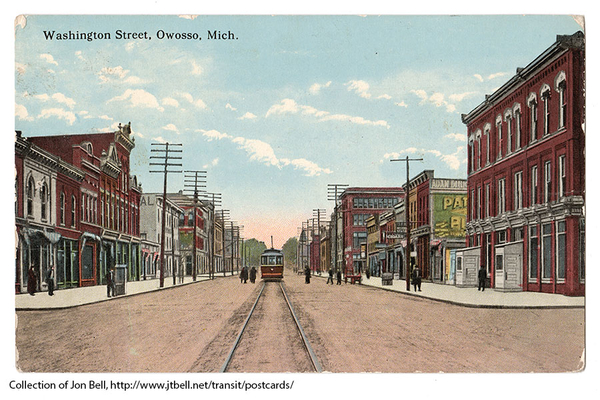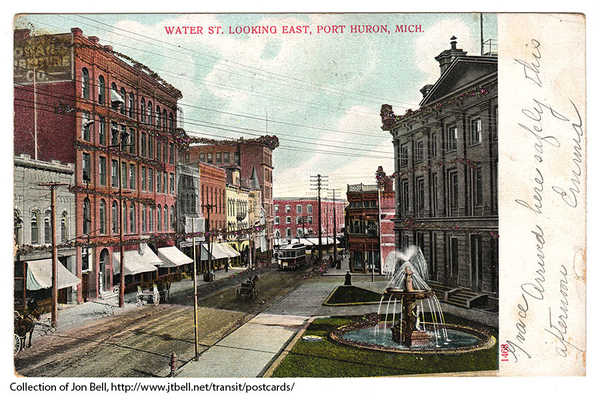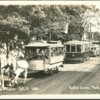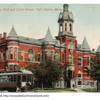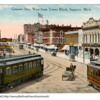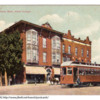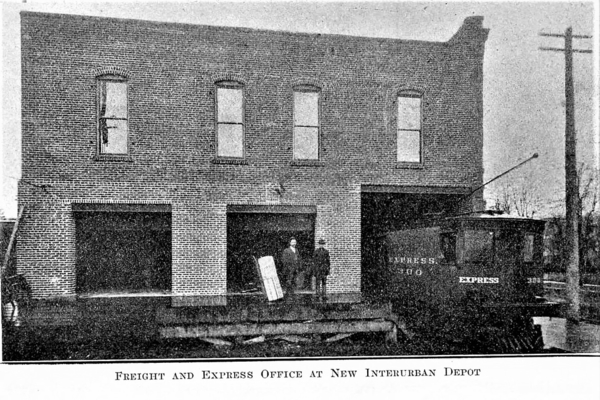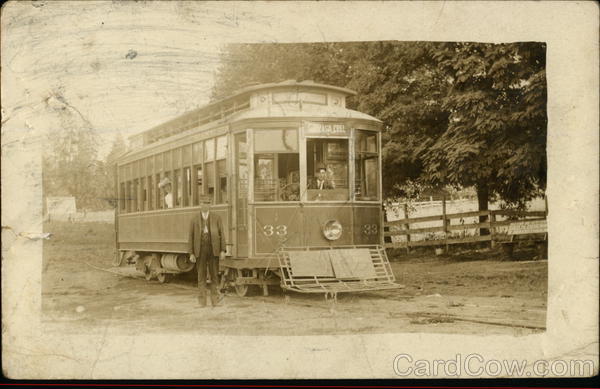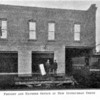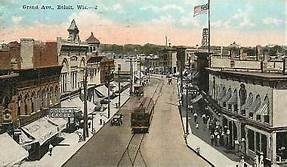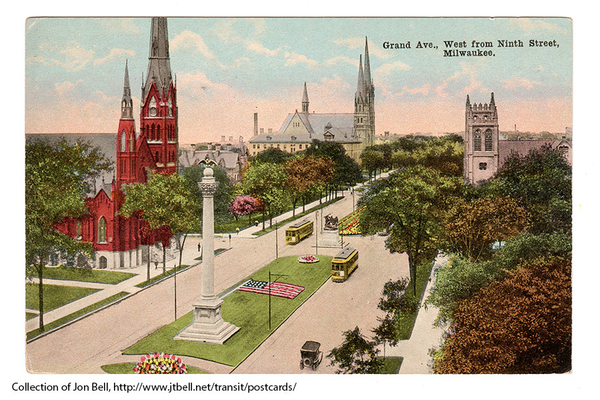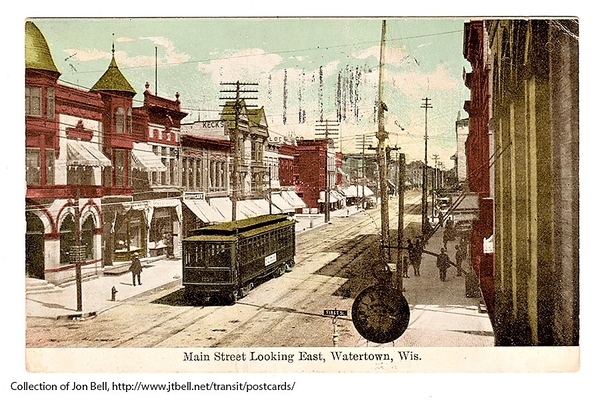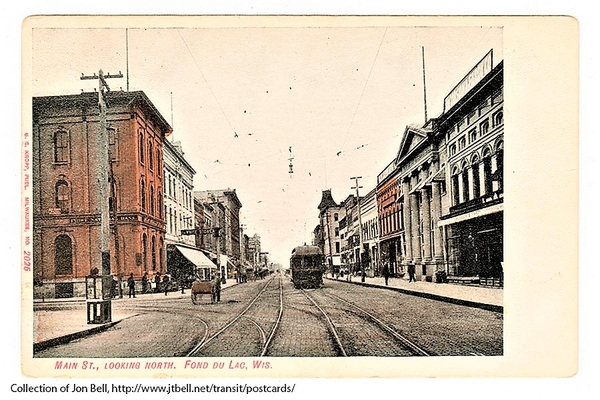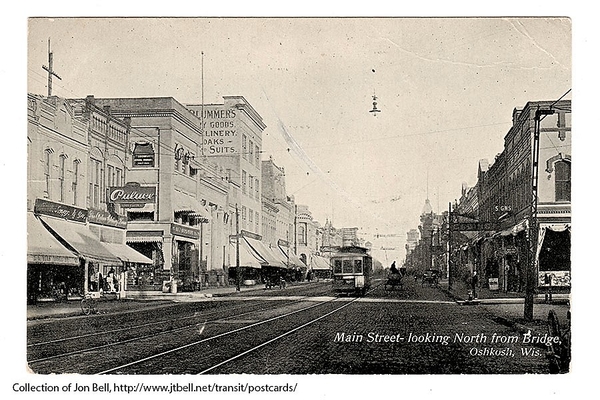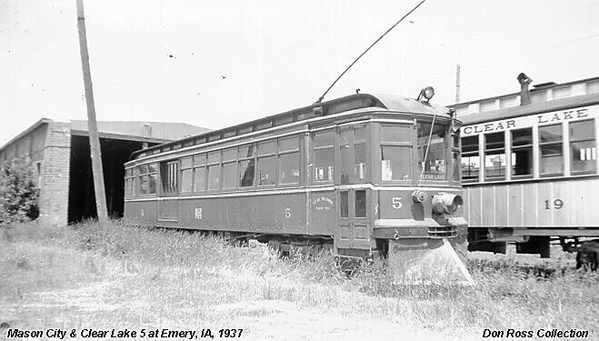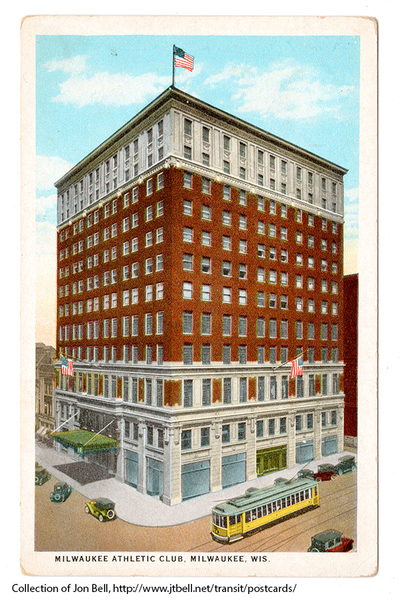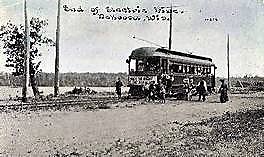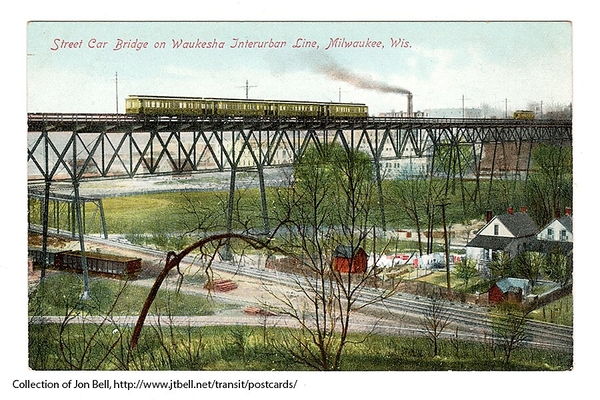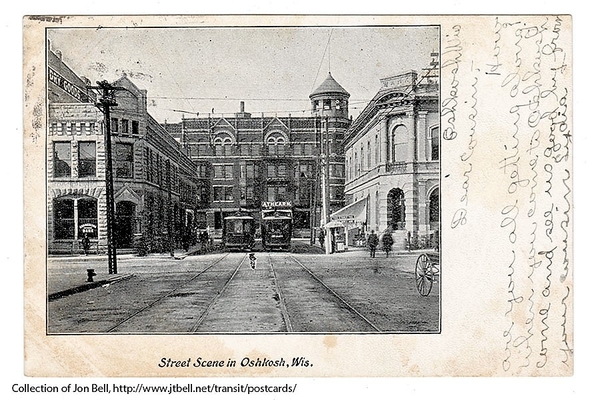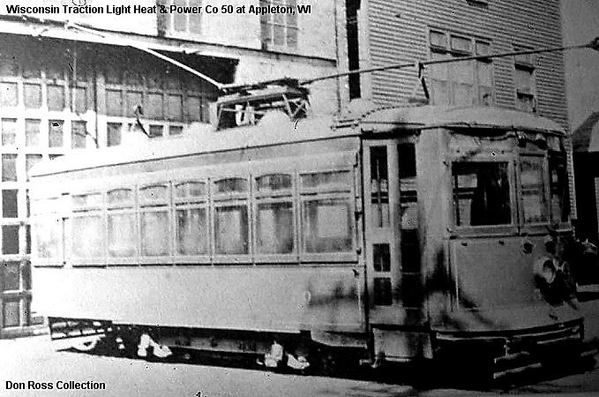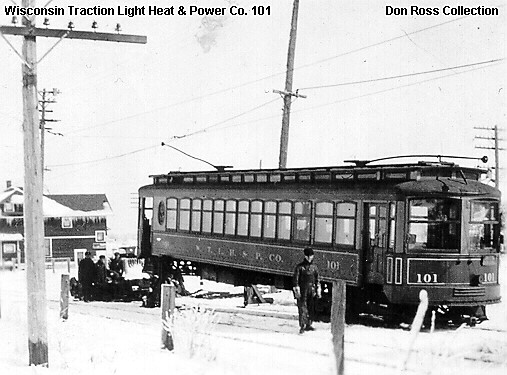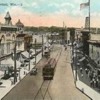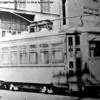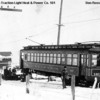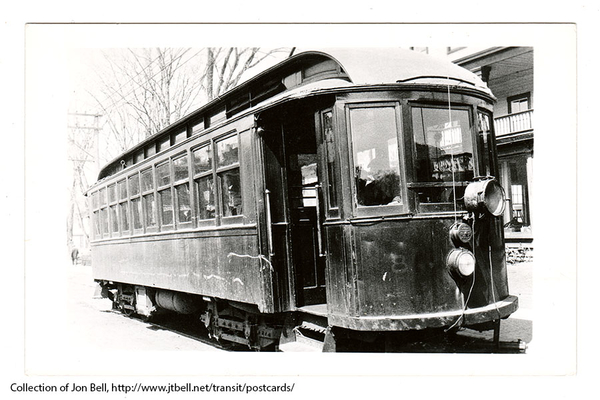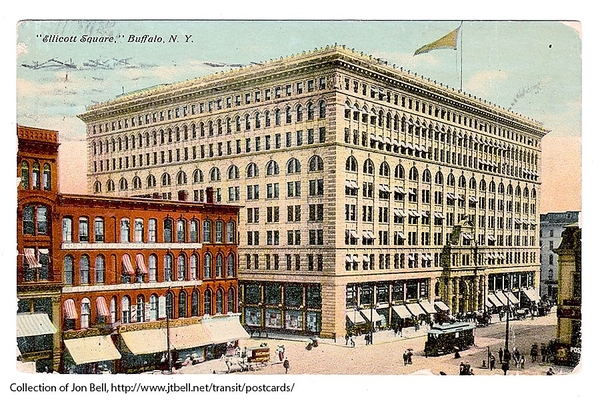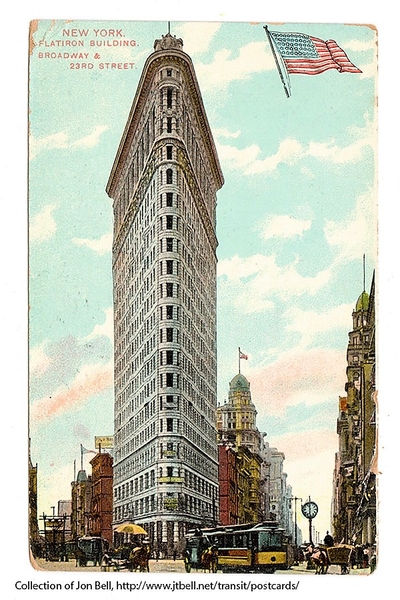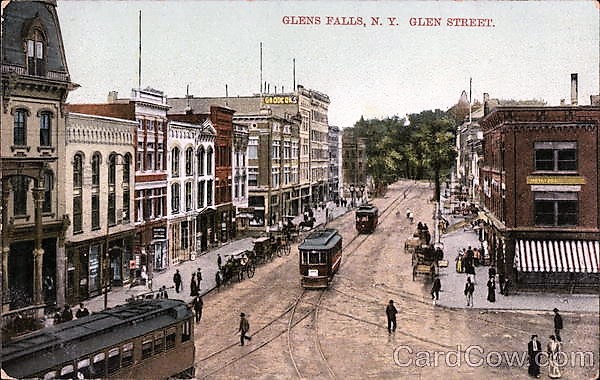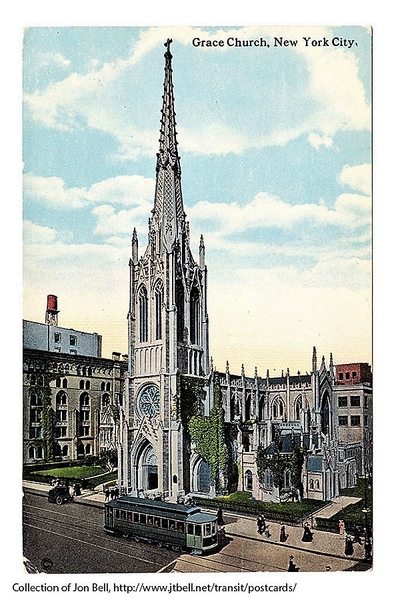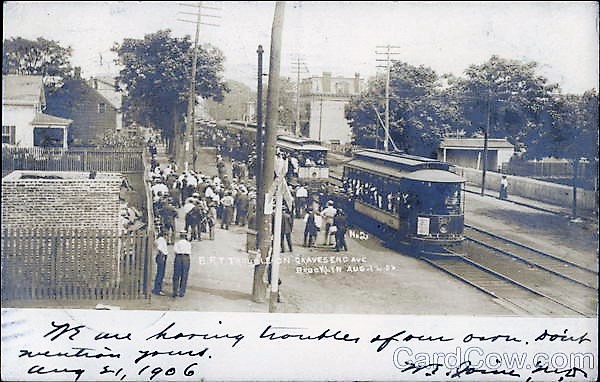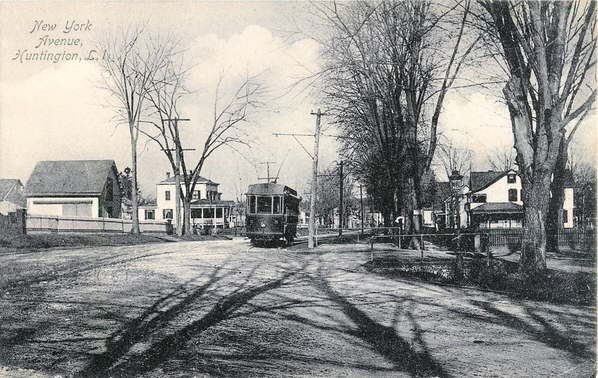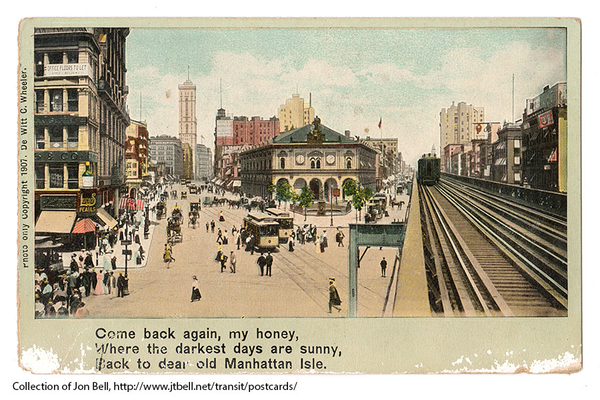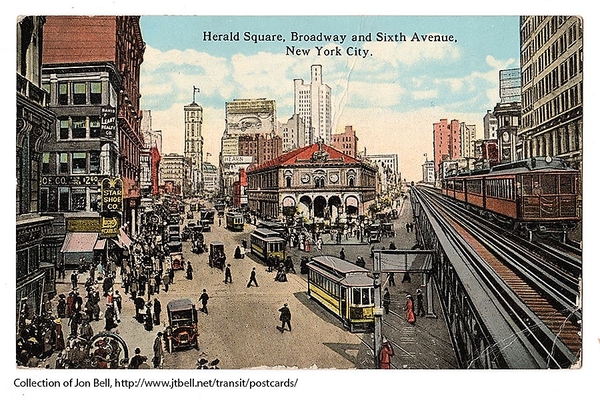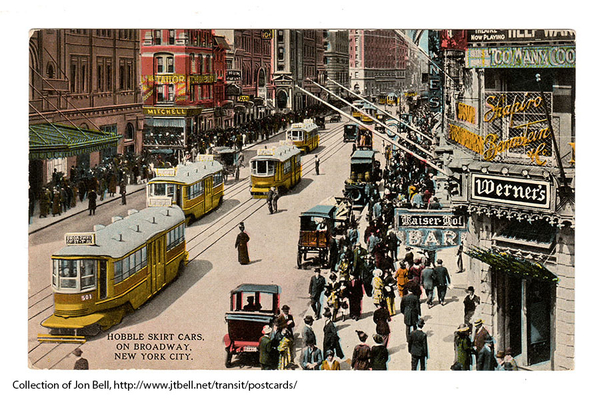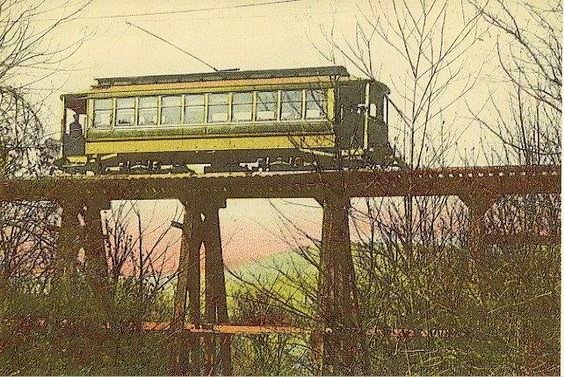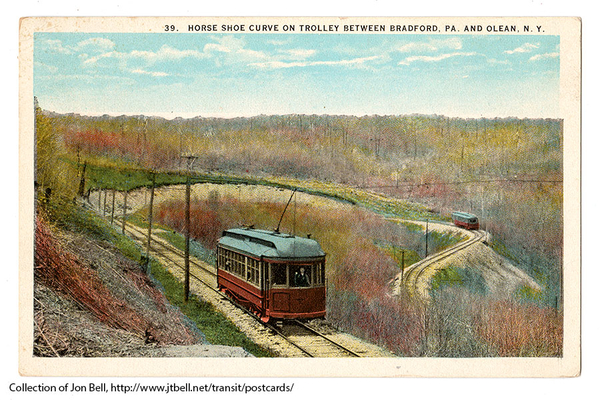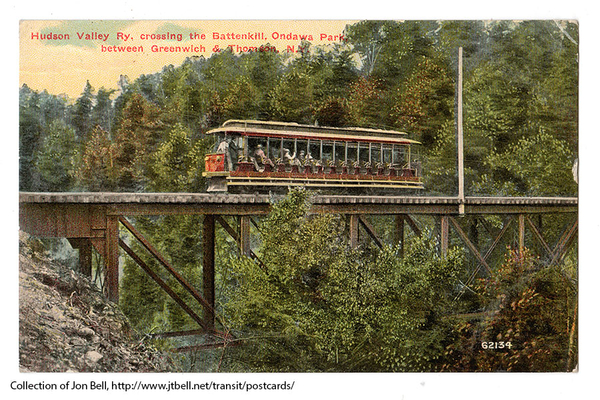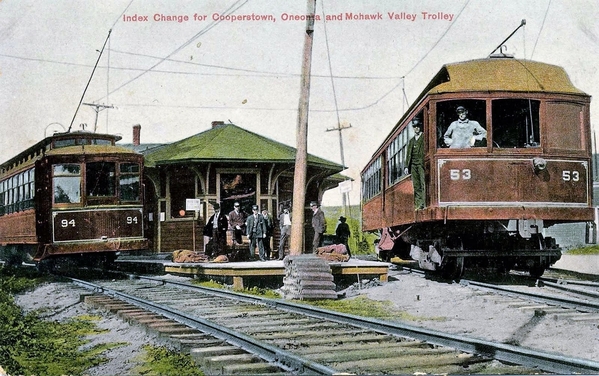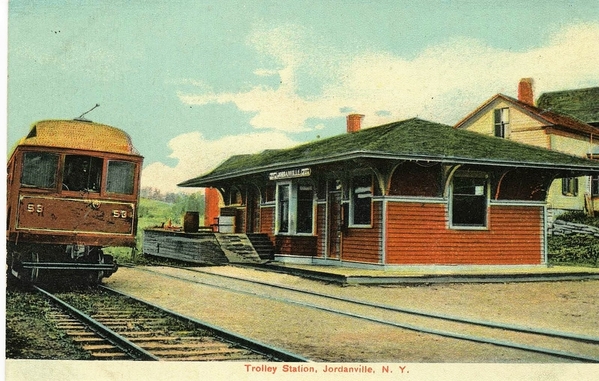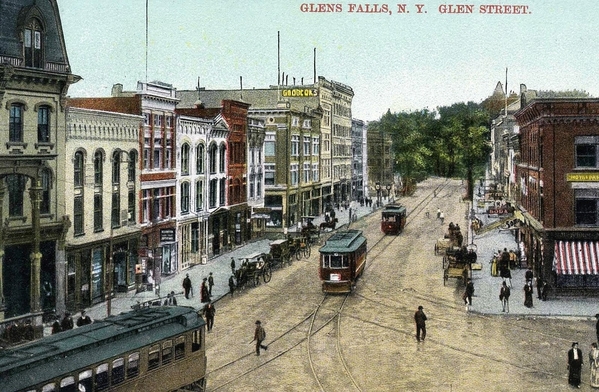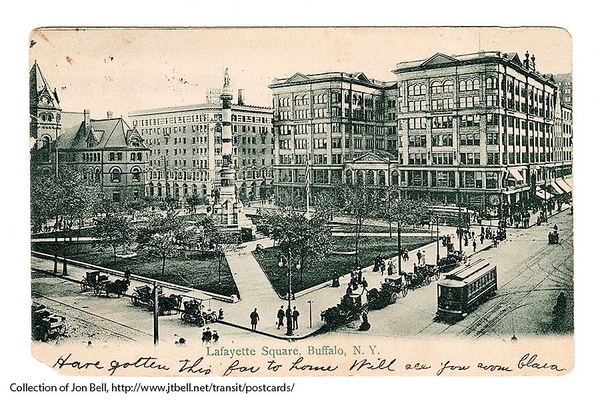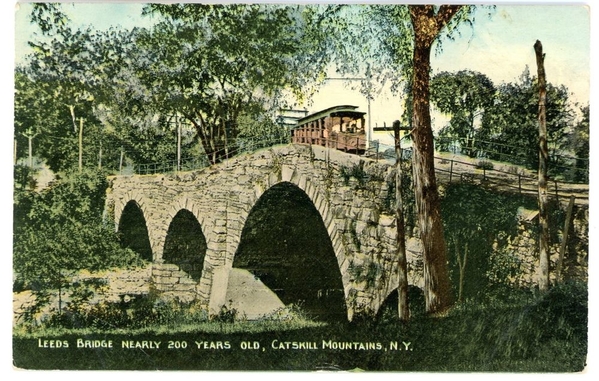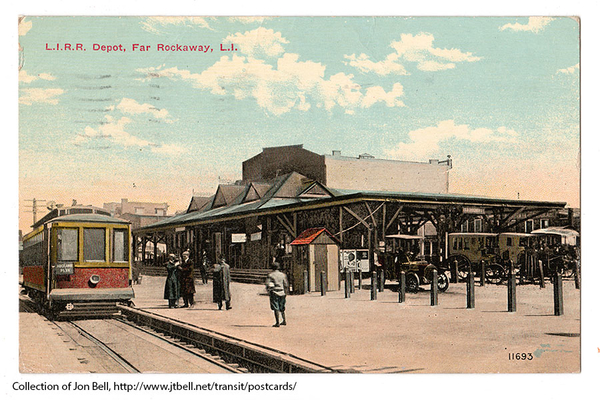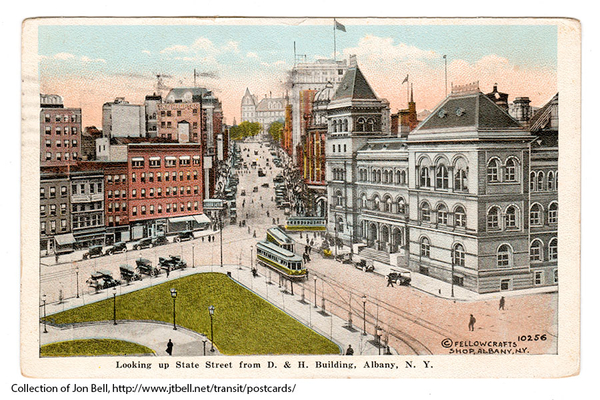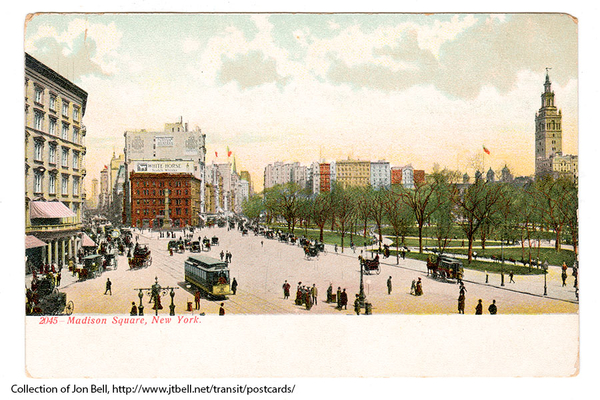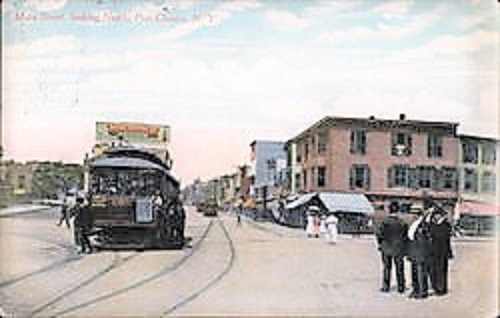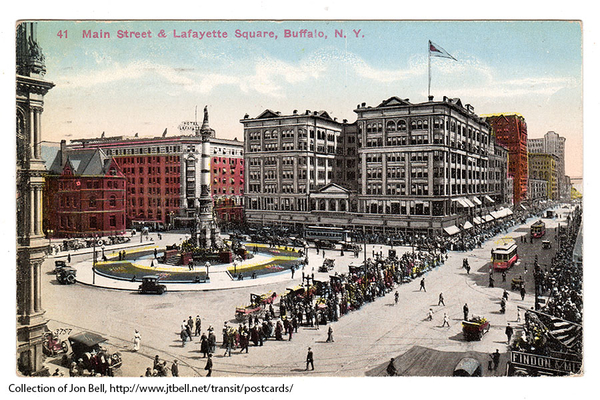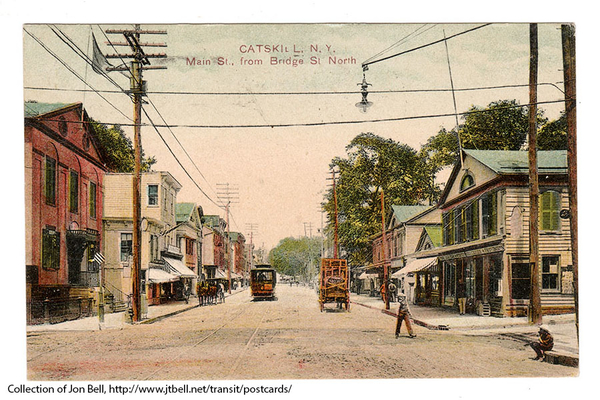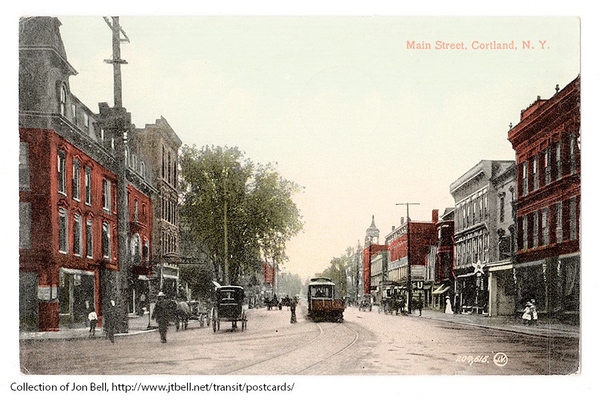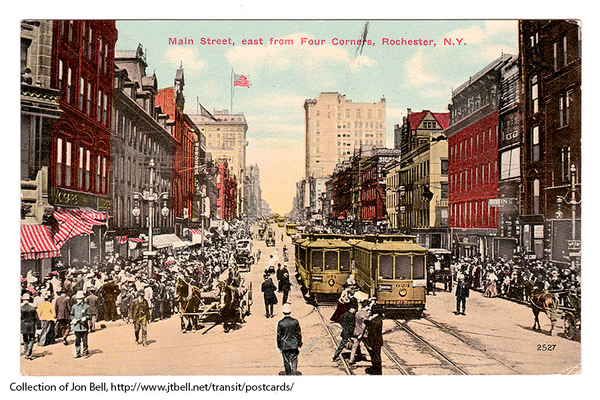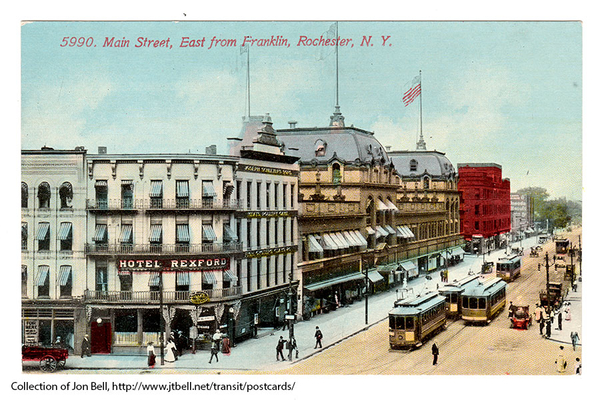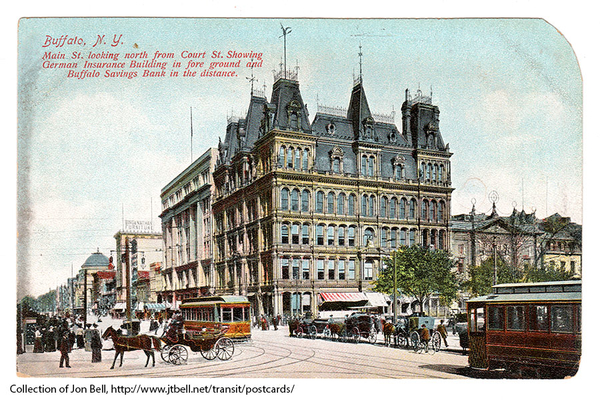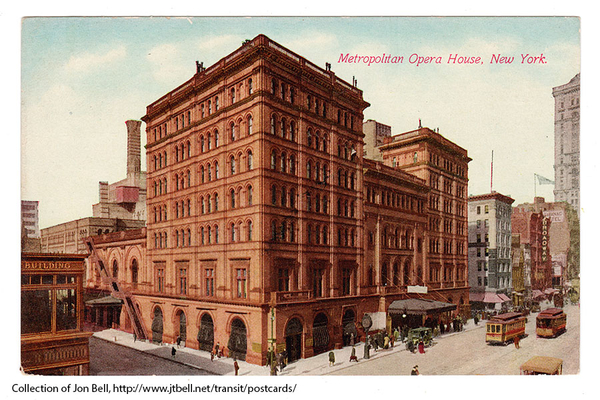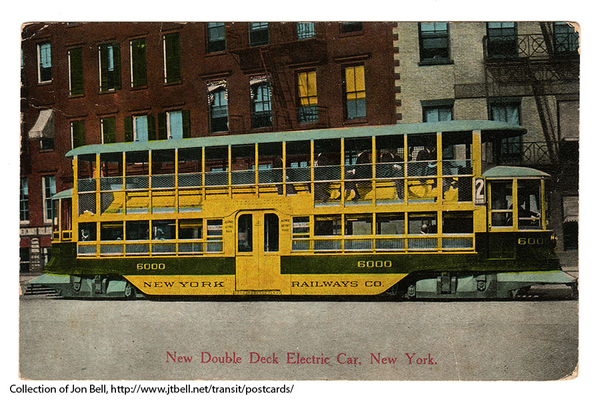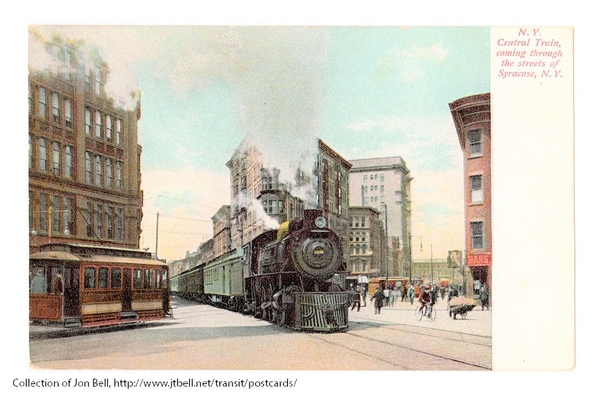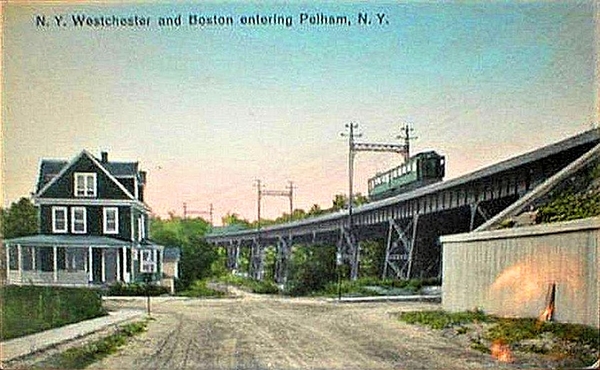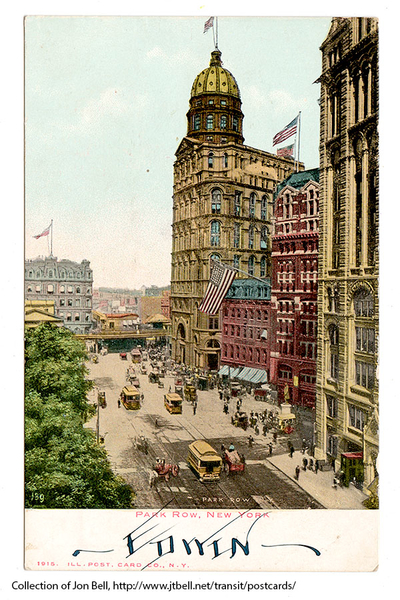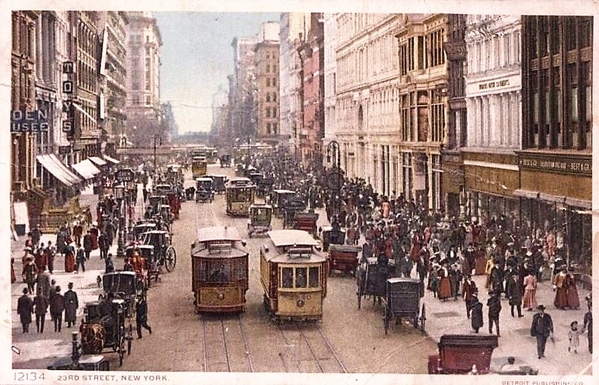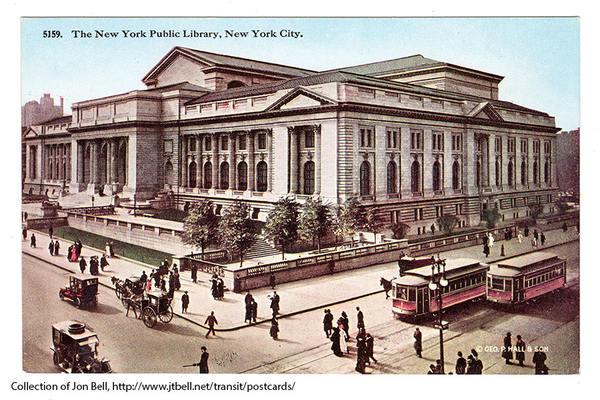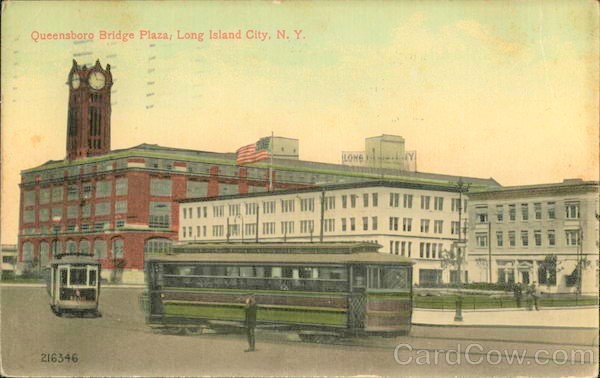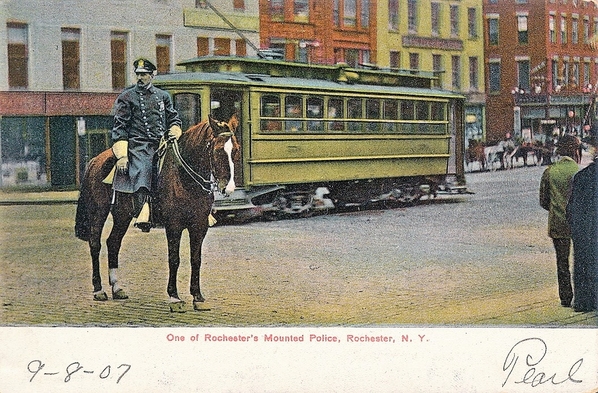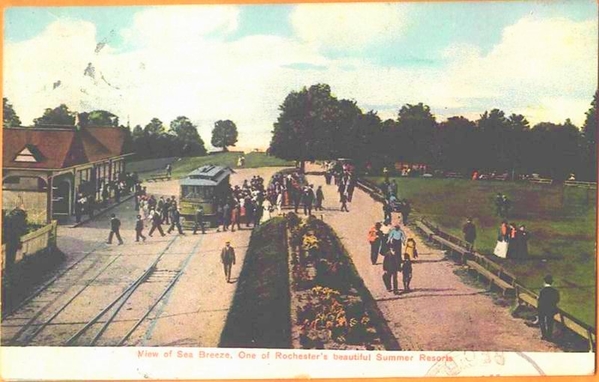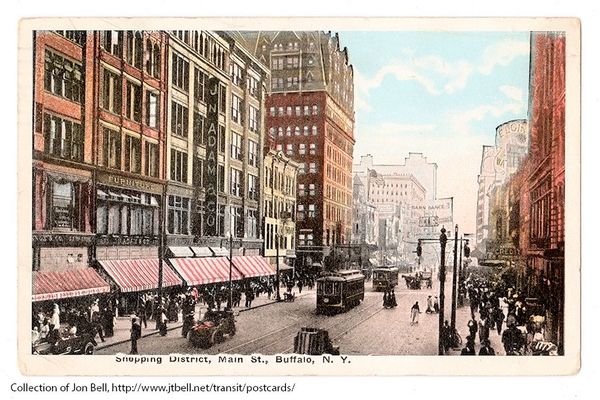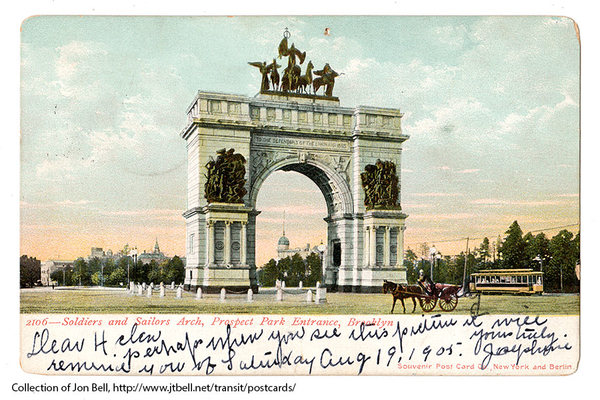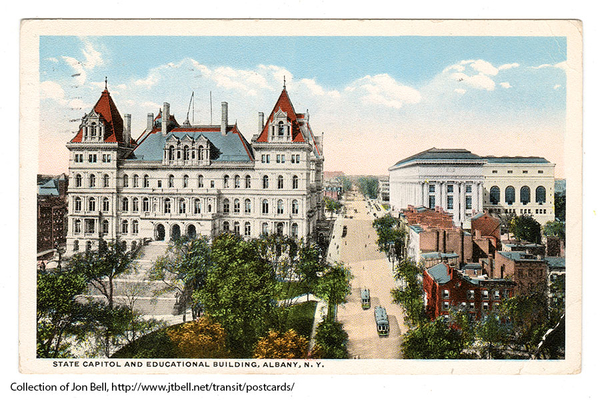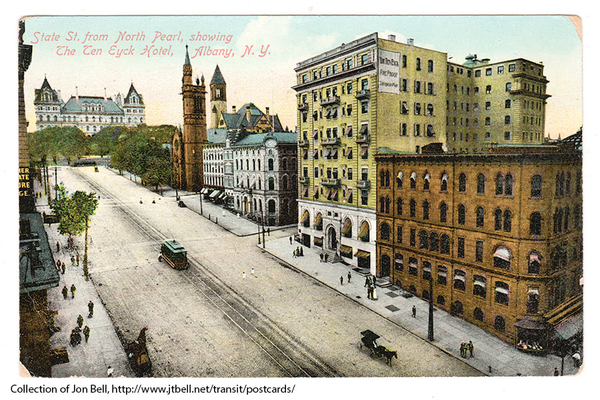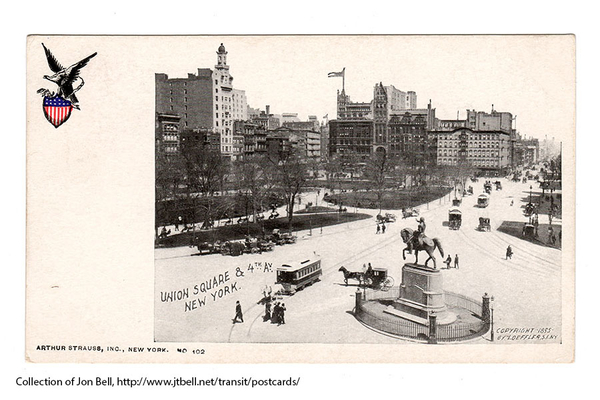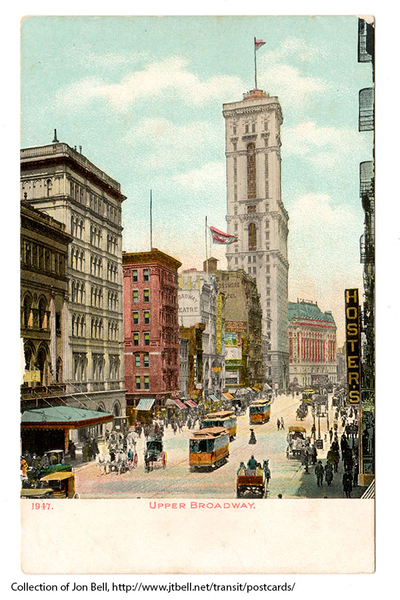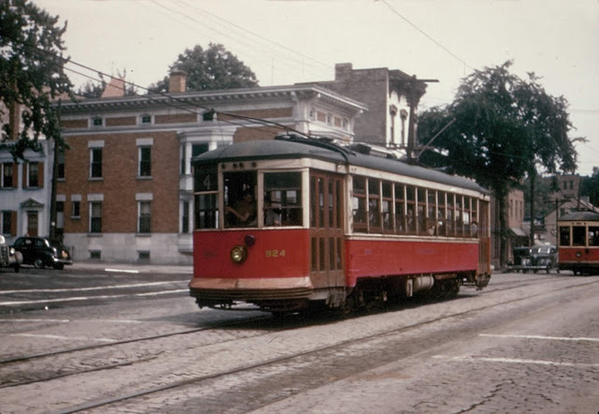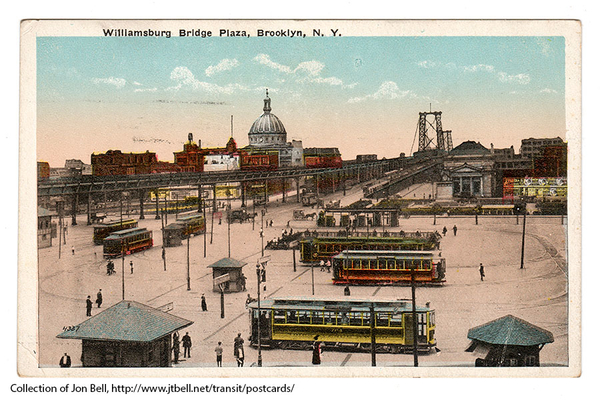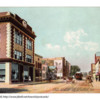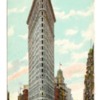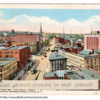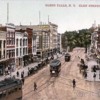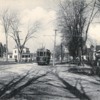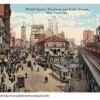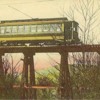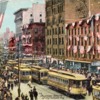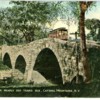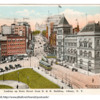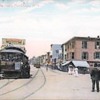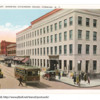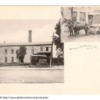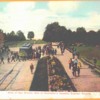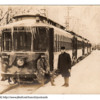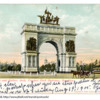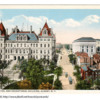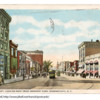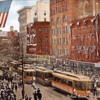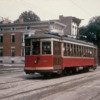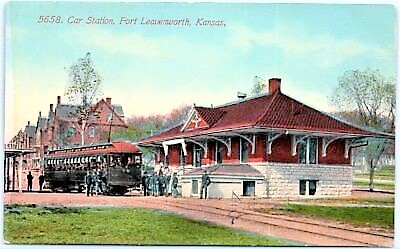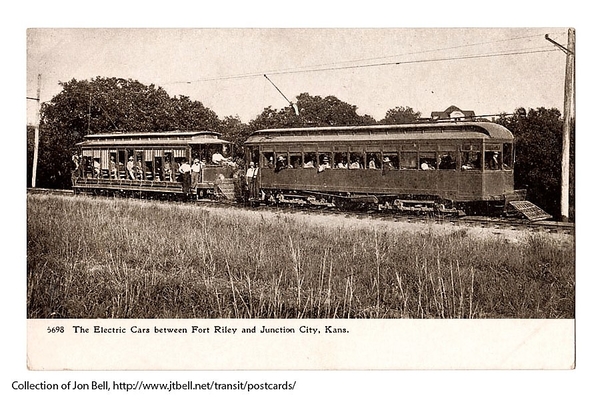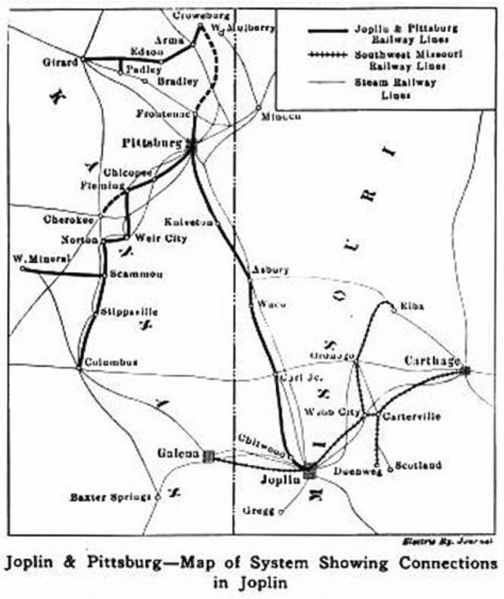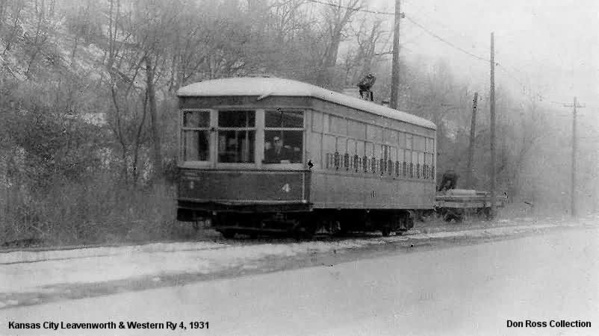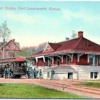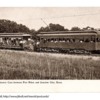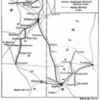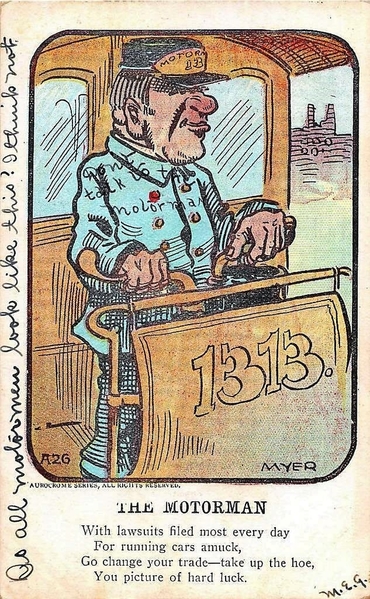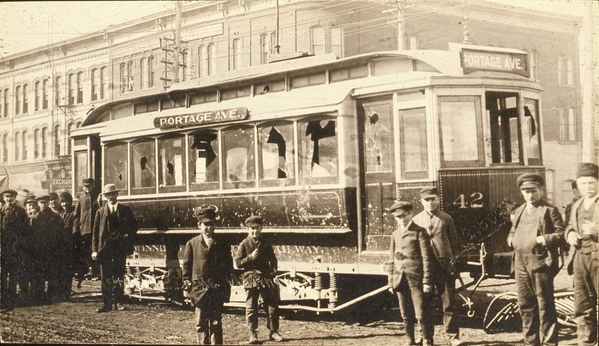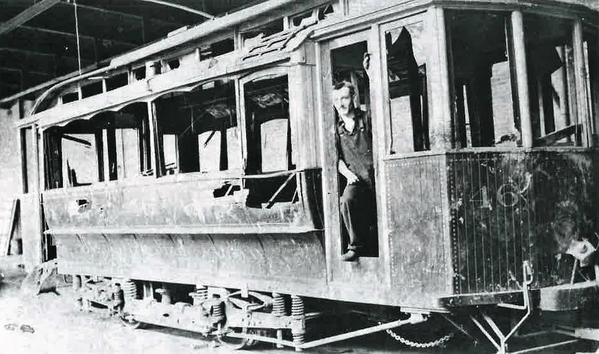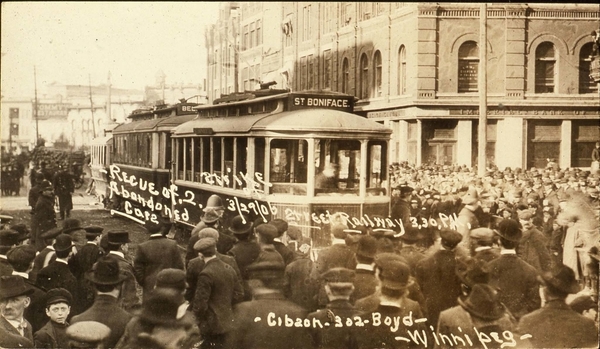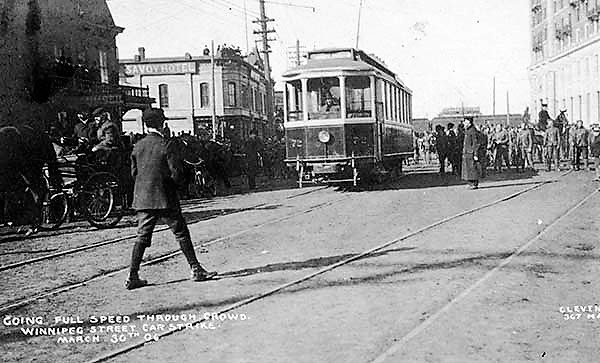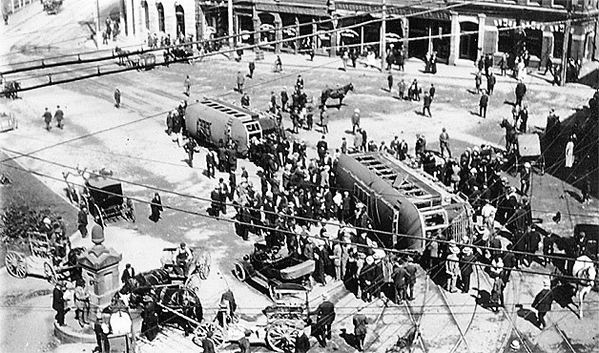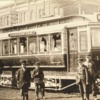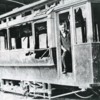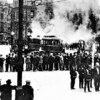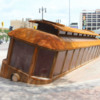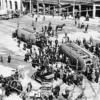
briansilvermustang posted:
This is W. Clifton, Lakewood, OH.
This is the story of the Piedmont & Northern, a disjointed electric railway with divisions in North & South Carolina.
The Piedmont & Northern Railway was a heavy electric interurban company operating over two disconnected divisions in North Carolina and South Carolina. Tracks spanned 128 miles total between the two segments, with the northern division running 24 miles from Charlotte to Gastonia in North Carolina, including a three-mile spur to Belmont. The southern division main line ran 89 miles from Greenwood to Spartanburg, South Carolina with a 12-mile spur to Anderson. Both sections were electrified to 1,500 volts DC with power supplied from mostly hydroelectric sources. Additionally, both segments were built to steam road standards with minimal street running.
Plans to connect the North and South Carolina divisions between Spartanburg, South Carolina and Gastonia, North Carolina, and to expand northwards towards Winston-Salem, North Carolina were successfully blocked by the Southern Railway and other entities in court cases in the 1930s.
The Piedmont & Northern Railway, though involved heavily in passenger operations, was primarily a heavy freight carrier. The most important commodities transported were coal and coke, cotton, cotton waste and paper.
The Piedmont & Northern survived the Great Depression and was later absorbed into the Seaboard Coast Line Railroad in 1969. Although part of the railroad was abandoned in South Carolina between Greenwood and Honea Path, and Belton to Anderson, much of the original system exists today as short lines.
According to an agreement with the North Carolina Department of Transportation in 2010, Patriot Rail will restore and operate the Piedmont & Northern rail corridor in Gaston County, North Carolina. The Boca-Raton, Florida based Patriot Rail will restore freight service on four miles of track upgraded in late 2009 between Gastonia and Ranlo. Another nine miles of the state-owned Piedmont & Northern corridor from Ranlo to Mount Holly should be upgraded by spring 2011.
Attachments
Bobby Ogage posted:This is the story of the Piedmont & Northern, a disjointed electric railway with divisions in North & South Carolina.
Once upon a time I built a P&N engine....

In Sellersville, Pa.....

The Sea View Railroad of Rhode Island
The 19 mile Sea View Railroad was completed in 1900 from Narragansett Pier to East Greenwich, Rhode Island where it connected with the Rhode Island Company for a through run into Providence. It was leased to the Rhode Island Co. in 1911 but the lease was terminated in 1918 and the Sea View Railroad was abandoned in 1920.
SEA VIEW DEPOT AT NARRAGANSETT PIER
SEA VIEW DEPOT AT NARRAGANSETT PIER
Sea View Trolley @ Nelson's Crossing, 1910
Attachments
The Wilkes-Barre and Hazleton Railroad of Pennsylvania
Construction of the Wilkes-Barre and Hazleton Railroad started in 1901, and the railroad opened for business in 1903 operating with 625 Volts. At that time, the railroad only ran from Hazleton to Ashley. In 1907, trains began running all the way to Wilkes-Barre via a 1040-foot long viaduct that was 34 feet high.
The Wilkes-Barre and Hazleton Railroad ran freight trains and passenger trains alternately. From Hazleton to West Hazleton, the railroad used tracks belonging to the Lehigh Traction Company. From West Hazelton, the railroad went past Conyngham Gap, Butler Mountain, Buck Mountain and into the valley of Nescopeck Creek. Upon leaving the Nescopeck Creek valley, it went up Nescopeck Mountain via Nescopeck Pass, then descended into the valley of Big Wapwallopen Creek. The railroad went up Penobscot Mountain, tunneling through it at 1300 feet above sea level. The route then went down the mountain and past Sugar Gap and Solomon Creek to the community of Ashley.
In Ashley, the Wilkes-Barre and Hazleton Railroad connected to the tracks of the Wilkes-Barre Traction Company. The route was 26 miles long, but was later extended into downtown Wilkes-Barre via Georgetown. The crossing of the Wilkes-Barre and Hazleton Railway over Black Creek is a very large three-arch viaduct made of stone. Slightly over two miles north of the railroad's southern terminus, there is an interchange to the Lehigh Valley Railroad.
All service on the railroad stopped on September 17, and power to the rail line was removed on October 3, 1933, after a final attempt to save the railroad from bankruptcy failed.
Attachments

Hey thank you for posting MWB. That's a nice shot of sweeper 107 at Rockhill Trolley Museum.
Rusty
My grandfather was a motorman on Louisville, Ky. Street railways before building cabooses for the L&N. I vaguely remember riding a streetcar down Louisville's then major shopping Fourth St. before they disappeared. I have not been through all the 30+ pages of postings here, but hope there are some of lndiana and Ohio interurbans, which ran all over those states. I would love to see some freight motors operating on those systems.
By chance, does anyone have any pictures from the RICHMOND, VA system?
briansilvermustang posted:
This photographic print shows a streetcar parked next to a stop on the Main Street line in Richmond, Virginia. A sign on the front of the streetcar reads “VA. LEAGUE / BASEBALL / TODAY / ISLAND PARK,” and one painted on the streetcar indicates that the fare is six cents. Two women are sitting on the streetcar. A driver and conductor are also on board the streetcar. Two additional conductors, one seated and one standing, are to the left.
This is such a great photo, so much detail of an early streetcar operation. A semi convertible car with all the windows up in the ceiling except for one, which is probably stuck. A single ended car with screens all down the left side. Track centers must have been close. The car in the background shows the left side with all the screens. Brill maximum traction trucks, 39E? Note the guards around the head light to protect it from the fender when it was up. Not sure why you would put a fender up on a single ended car. Noted the exact fare sign on the front of the car, but passengers would have probably boarded at the rear door and exited from the front. Looks like a US-6 trolley base I do not see much equipment under the car. I assume the car had air brakes, but maybe not. The open channel side sill is an interesting detail.
Must have been a hot day. Every door and window is open, except for the one right in front of the motorman. Even the clerestory windows are open. Must have been some kind of important junction for the streetcars with the extra crew standing by and a car on an intersecting line sitting in the background.
Those rails above seem to be 5' gauge. Any confirmation??
The Trolley Cars of Ogden, Utah
Ogden area residents loved the Ogden Canyon enough to warrant a railroad there, so the Ogden Rapid Transit Company trolley line opened in July of 1915. The Ogden Rapid Transit Company provided reliable transportation into Ogden Canyon, and for 17 years it traveled from the Ogden Depot to Huntsville by way of Eden. The railroad was quite the engineering marvel, having to hug the canyon walls and rock cliffs.
The Standard of July 18, 1912 reported that the Ogden Rapid Transit Company had decided to change its route from the south side of the canyon’s river to the north side. This route change opened the Ogden Valley to a much larger farming population. For the Ogden Rapid Transit Company, it meant new business shipping beets, hay, grain and dairy products to Ogden.
The trolley line carried some 7,000 passengers during the 4th of July Holiday in 1910. The first trolley cars used carried 46 passengers and had both smoking compartments and toilets. By 1913, several trolleys were modified to be open roof observation cars. Through the warm weather season, the trolley cars to the Hermitage ran hourly.
The line weathered lots of snow slides over the years. The Standard on Feb. 18, 1926 reported that three avalanches had buried the tracks in Ogden Canyon. It took almost two full days to clear the tracks and restore full service again. However, it wasn’t snow or even the advent of the automobile that doomed the Ogden Canyon line. It was the severe flooding in the canyon during 1932 that badly damaged the tracks.
Attachments

That is an interesting signal in the photo. Is there any info as to what railway this is, and the location of this scene? My guess judging by the car, the year us about 1935 - 1938.
Attachments
The Harmony Line of Pennsylvania
The Pittsburgh, Harmony, Butler and New Castle Railway, commonly called the Harmony Line, was a broad gauge interurban streetcar line connecting Pittsburgh, Pennsylvania, United States to Butler and New Castle via Harmony and a split at Evans City. There was also an extension that was later added to the line from Ellwood City to Beaver Falls.
The Harmony Line was developed by business partners Russel H. Boggs and Henry Buhl as an adjunct to their department store in Pittsburgh. Mr. Boggs already had a business relationship with many of the farms between Evans City and Pittsburgh and proposed exchanging the right of way across their land for one dollar, a guaranteed trolley stop and an electricity supply. The Butler and New Castle Railway was formed in 1906 by consolidating 11 small railways that ran into Harmony.
The first trolley ran to Ellwood City on July 2, 1908. At the southern end of the Harmony Line, the run into Pittsburgh was via the Pittsburg Railways. In 1914 an extension along the Beaver Valley opened leaving Ellwood City heading south west, and crossed the Beaver River on Koppel Bridge which was built for the purpose. This bridge also carried vehicle and pedestrian traffic and was subject to a toll.
In 1917 the railway amalgamated with the Pittsburgh and Butler Street Railway that operated the Butler Short Line between Pittsburgh and Butler. The new company became the Pittsburgh, Mars and Butler Railway. Combined the new system had a length of 118 miles. In 1922 the railway formed the Harmony Short Line Motor Transportation Company to carry freight between Bakerstown, and Butler.
In April 1931, the company went into receivership. The Butler Short Line was closed on April 22, 1931 as it was in poor condition. Services were absorbed into the PA 8 bus service. Beaver Falls – Ellwood City – New Castle services were replaced by buses on June 15, 1931. The remaining lines were replaced by buses on the same day, with the final trolley running on August 15, 1931. The stub of the Butler Short Line continued to be used by Pittsburgh Railways until its closure in 1952.
Car 115 avoided being burnt when the line closed because it had mechanical problems and was abandoned where it failed. Car 115 then became The Dew Drop Inn, a roadside diner, but is was later recovered by the Pennsylvania Trolley Museum where it awaits restoration. In this way Car 115 avoided being burnt twice, as the inn was destroyed by fire in 1995. In addition to Car 115, the museum also has the original Harmony dispatch board and a shelter from both the Harmony and Butler lines.
The station building in Ellwood City was retained as commercial premises. In 2007 it reopened as a donut shop and was renamed Ellwood Station as a reference to its origin. Rails remain in situ under part of the building. Koppel Bridge, which was built for the Beaver Valley extension in 1915 still exists and carries PA 351 over the Beaver River between Ellwood City and Koppel.
By 1920, films were shown for the entertainment of the line's passengers
Attachments
There are two good books about these lines written b Wayne Cole. Lots of photos & maps. I scouted out some of what remains since I lived in the area for50 years. There is a restored shelter in Mars, Pa. with a small museum and a power house building still stands near Renfrew, Pa.
The Oregon Electric Railway
James J. Hill who was known as the Empire Builder, purchased the Oregon Electric railway in 1910. Hill added the line to a corporate family that included the Spokane, Portland & Seattle (SP&S), the Great Northern, and the Northern Pacific Railways.
On New Year’s Day 1908, Oregon Electric trains began operating between Portland and Salem. Branch lines were built to Forest Grove that year and to Woodburn in 1909. On the Fourth of July, 1912, Albany welcomed the Oregon Electric to town; and on October 17, 1912, the mainline was completed to Eugene. A final branch line between Albany and Corvallis went into service on March 25, 1913.
By 1912, the Southern Pacific Railroad was converting branch lines to electric operation in competition with the Oregon Electric. As part owners of Portland’s Union Station, the Southern Pacific blocked Oregon Electric trains from terminating there. Instead, the Oregon Electric used the North Bank Depot four blocks to the west, as did the SP&S, United Railways, and the Oregon Trunk Railroad.
The Oregon Electric’s 122-mile Willamette Valley route was Oregon’s longest electric interurban railway, and many of its trains served Portland suburbs. A dozen trains a day catered to commuters, students, and shoppers in Hillsboro, Forest Grove, Beaverton, Wilsonville, and Tualatin. On weekends, reduced-fare excursions operated between Portland and Salem. Four to five trains ran through to Eugene each day.
To compete with major steam railroads, the Oregon Electric ordered the highest quality interurban cars available. Their "traction orange" color, a bright orange that had become a trademark of the industry, was changed to Pullman green after the Hill interests took control. Rolling stock included combination baggage, smoking, and passenger motorcars; observation-buffet cars; and elegant passenger trailers. For a few years, there were also specially built interurban sleeping cars. Because it did not take all night to make the trip between Portland and Eugene, these cars were shunted onto side tracks so patrons could sleep until morning.
In the beginning, operating costs were reasonable, but reductions in service had to be made when passenger volume did not develop as expected. After a peak year in 1920, competition from automobiles, trucks, and buses steadily eroded revenue. Passenger service to Corvallis was discontinued in 1931 and to Forest Grove in 1932. All passenger service ceased on May 13, 1933. The Oregon Electric survived as a freight railroad into the 1990s. Electric locomotives were used until July 10, 1945.
Attachments
Buffalo & Lake Erie

These were all a great treat to see. My personal Thanks to all of you for your time and energy in posting them. I loved my trolley boyhood days in the McKeesport - Pittsburgh area.
Information about interurban and street car lines in Oklahoma is scarce. I found these photos, but I have no information about their railways.
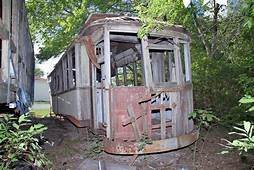
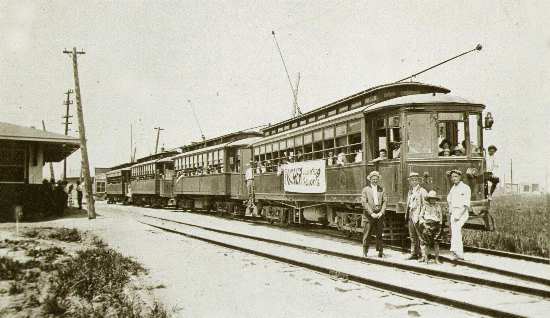
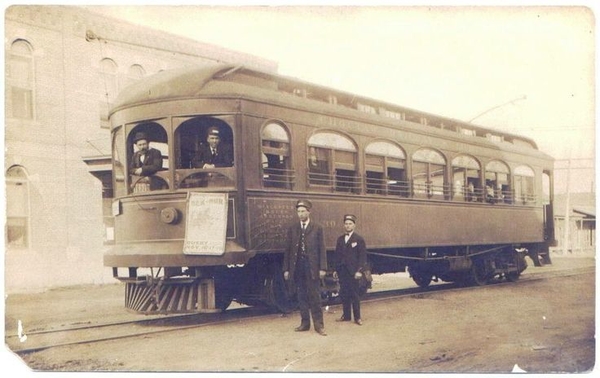
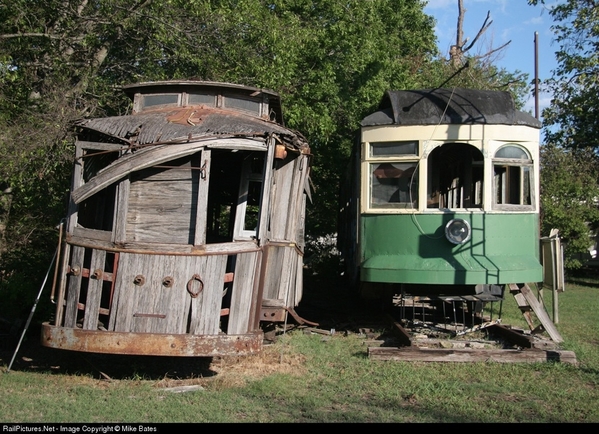
 This car may be a trailer that operated in Texas.
This car may be a trailer that operated in Texas.
Attachments
The Youngstown & Southern of Ohio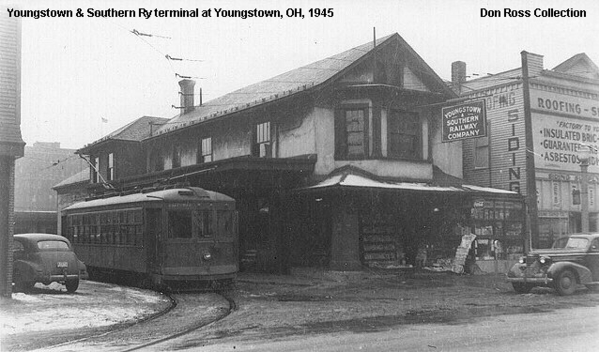
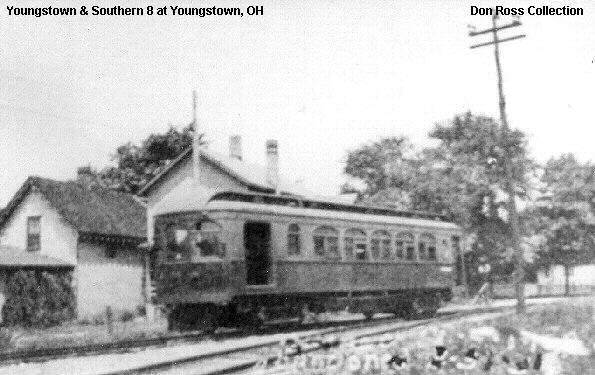
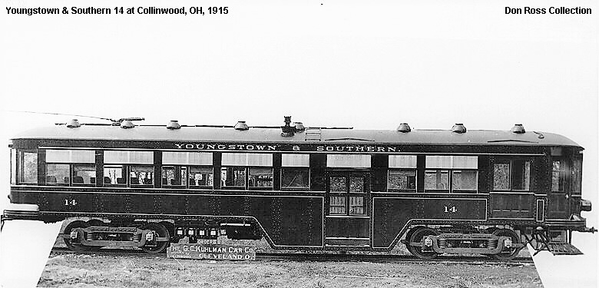
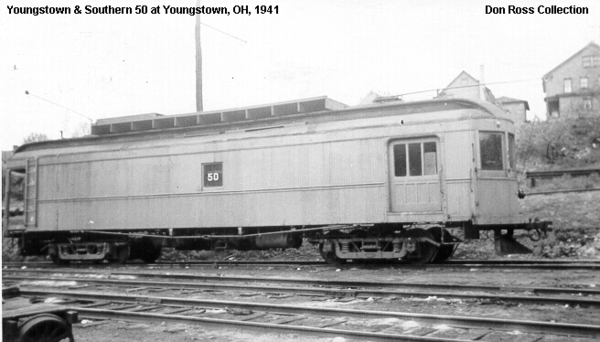
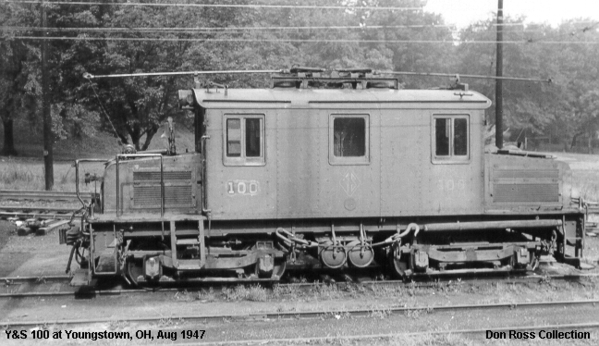
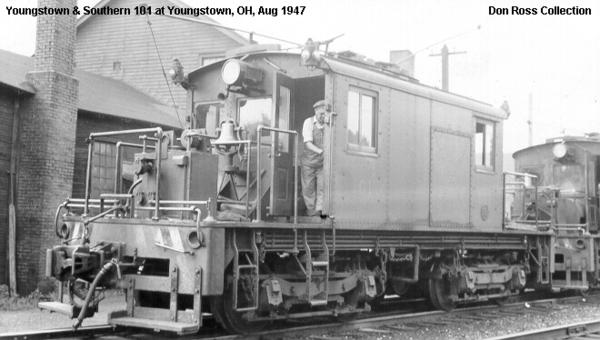
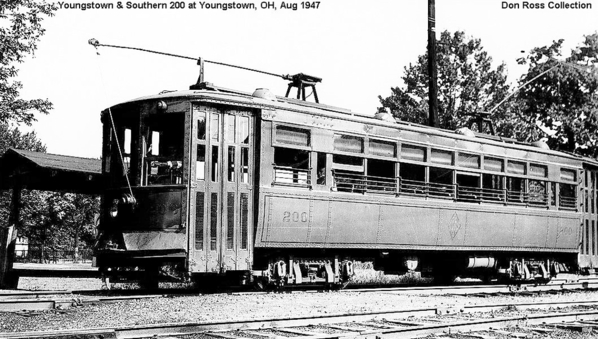
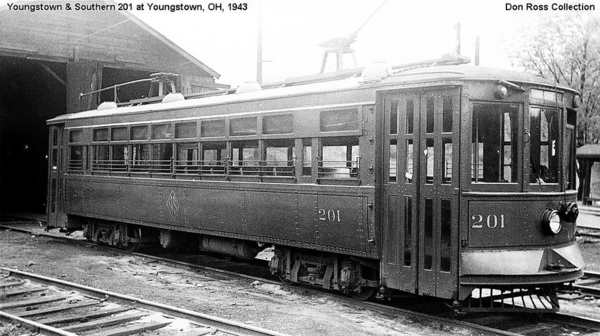
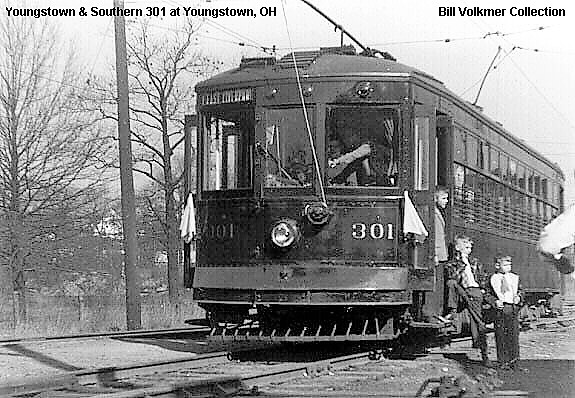
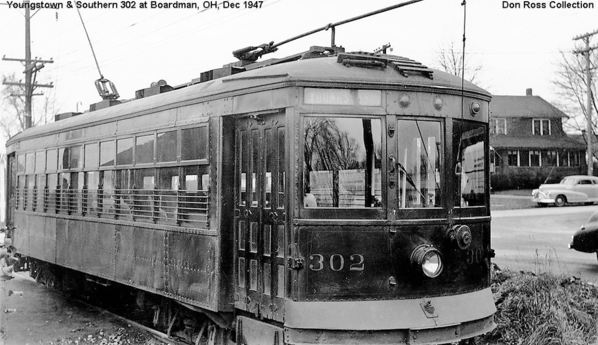
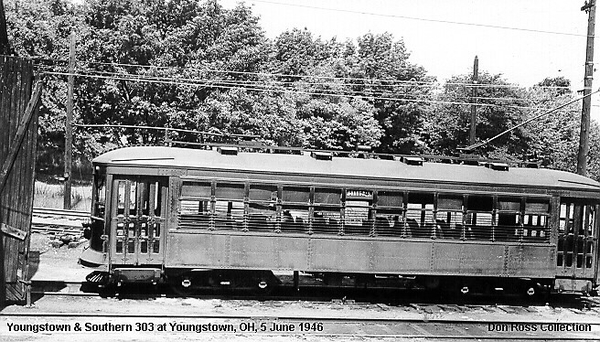
The Youngstown & Southern of Ohio began operations in 1904 as a 16-mile steam line between Youngstown and Columbiana. In 1907 the line was electrified with overhead wires and extended 3 miles to Leetonia on the Youngstown & Ohio River Railroad. In addition to carrying passengers as an interurban railway, the company handled freight, primarily coal from the electric Youngstown & Ohio River Railroad and the steam Pittsburgh, Lisbon & Western Railroad. After the Youngstown & Southern entered receivership in 1915, a 1916 reorganization produced the Youngstown & Suburban Railway.
Attachments
Mason City & Clear Lake Car 19 was built by Pullman as New York & Brooklyn Bridge 97. It was purchased in April, 1909 as a trailer. It was later motorized and converted to a freight motor. Car 19 was retired in the late 1930s, but it was not scrapped until 1963.
I could not find any information about Car 97 or others of its type on the New York & Brooklyn Railway. Could Car 97 have been a cable car trailer that operated on the Brooklyn Bridge?
Attachments
Terre Haute, Indianapolis and Eastern Traction Company of Indiana
The Terre Haute, Indianapolis and Eastern Traction Company (THI&E) was formed on 1 March 1907. The Indianapolis and Western Railway, the Indianapolis and Eastern Railway, the Richmond Street and Interurban Railway, and the Indianapolis Coal Traction Company were predecessor companies. On 25 March 1907, the THI&E acquired the Terre Haute Traction and Light Company and in 1912 it purchased the Indianapolis, Crawfordsville and Danville Electric Railway. The company also controlled the Indianapolis Street Railway. Profits from the street railway and the power company assured the survival of the THI&E through the 1920s, but the company went into receivership on 2 April 1930.
The Terre Haute, Indianapolis and Eastern Traction Company was the second largest interurban in Indiana at the height of the "Interurban Era." The system had over 400 miles of track, with lines radiating from Indianapolis to the east, northwest, west and southwest as well as streetcar lines in several major cities. The THI&E was formed in 1907 as a combination of several predecessor interurban and street car companies and was operated independently until its incorporation into the Indiana Railroad in 1931. The THI&E served a wide range of territory, including farmlands in central Indiana, the mining region around Brazil, and numerous urban centers.
Attachments

Attachments
PCCs of Birmingham Electric in Alabama
Street cars in Fort Collins, Colorado
Trolley cars in Connecticut
Street cars in Washington, DC
Attachments
Attachments
Attachments
Attachments
Attachments
Attachments
Trolley cars in the State of Washington
Interurban Depot, Valley Traction Co, 6th & Main, Walla Walla 1910
Trolley in Spokane
Attachments
Attachments
Attachments
Attachments
Interesting post card depicting a grumpy trolley car motorman. I have a suspicion that the card depicts a big city union motorman.
Attachments
Great Streetcar Strikes
The worst & bloodiest streetcar strikes may have been those in Winnipeg, Canada in 1906, 1909 and 1919. All of the photos below were taken of the strikes in Winnipeg except for the last photo which was taken in St. Johns
1906 Strike
1906 Strike
1909 Strike
1906 Strike
1919 Strike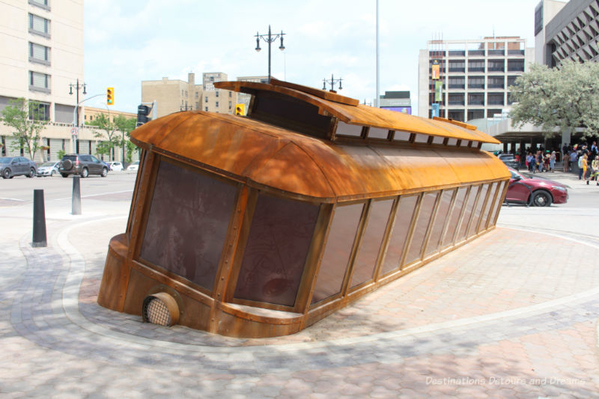
Monument to Winnipeg Streetcar Strikes
St. Johns 1914





